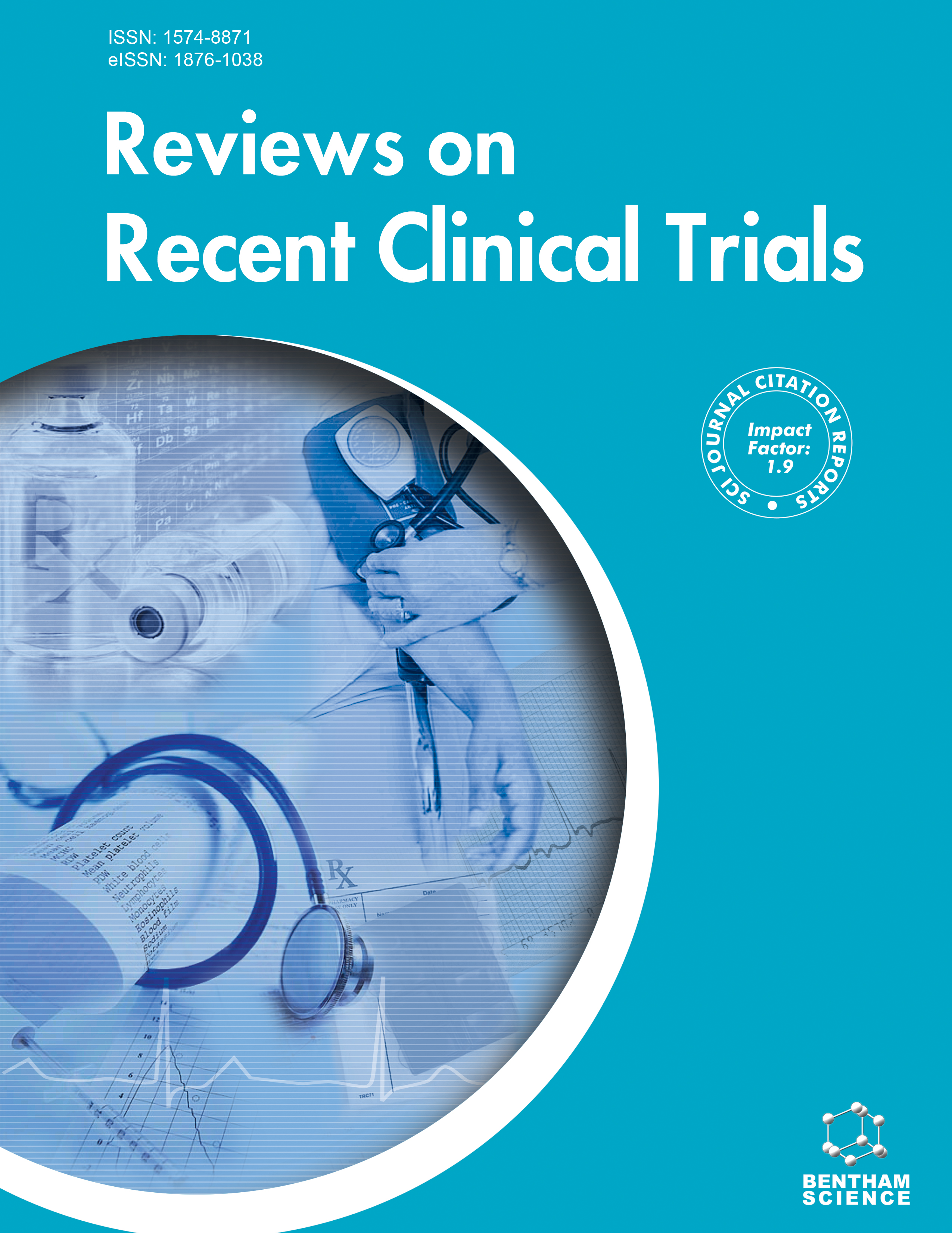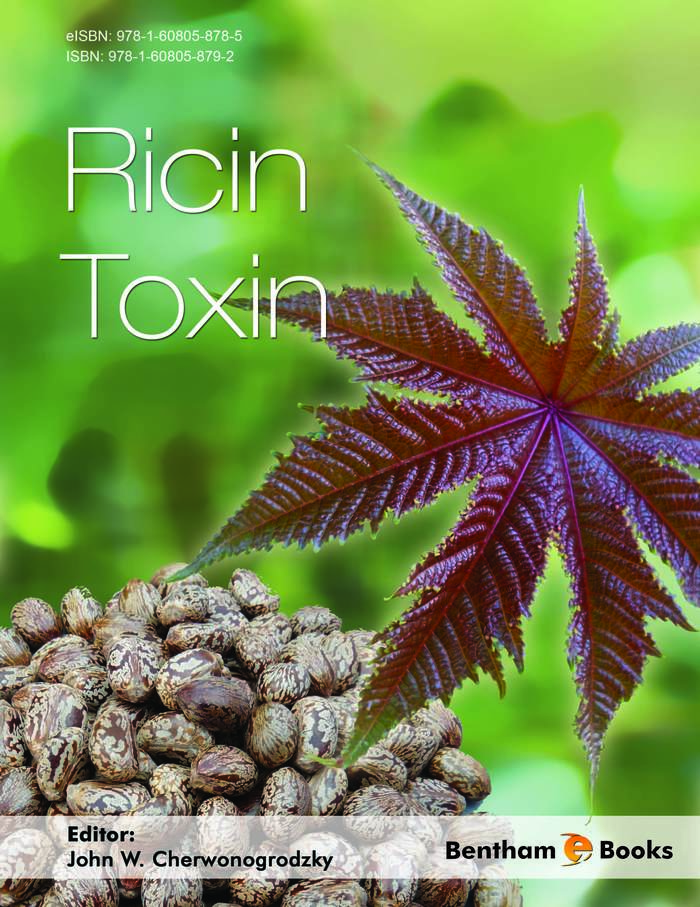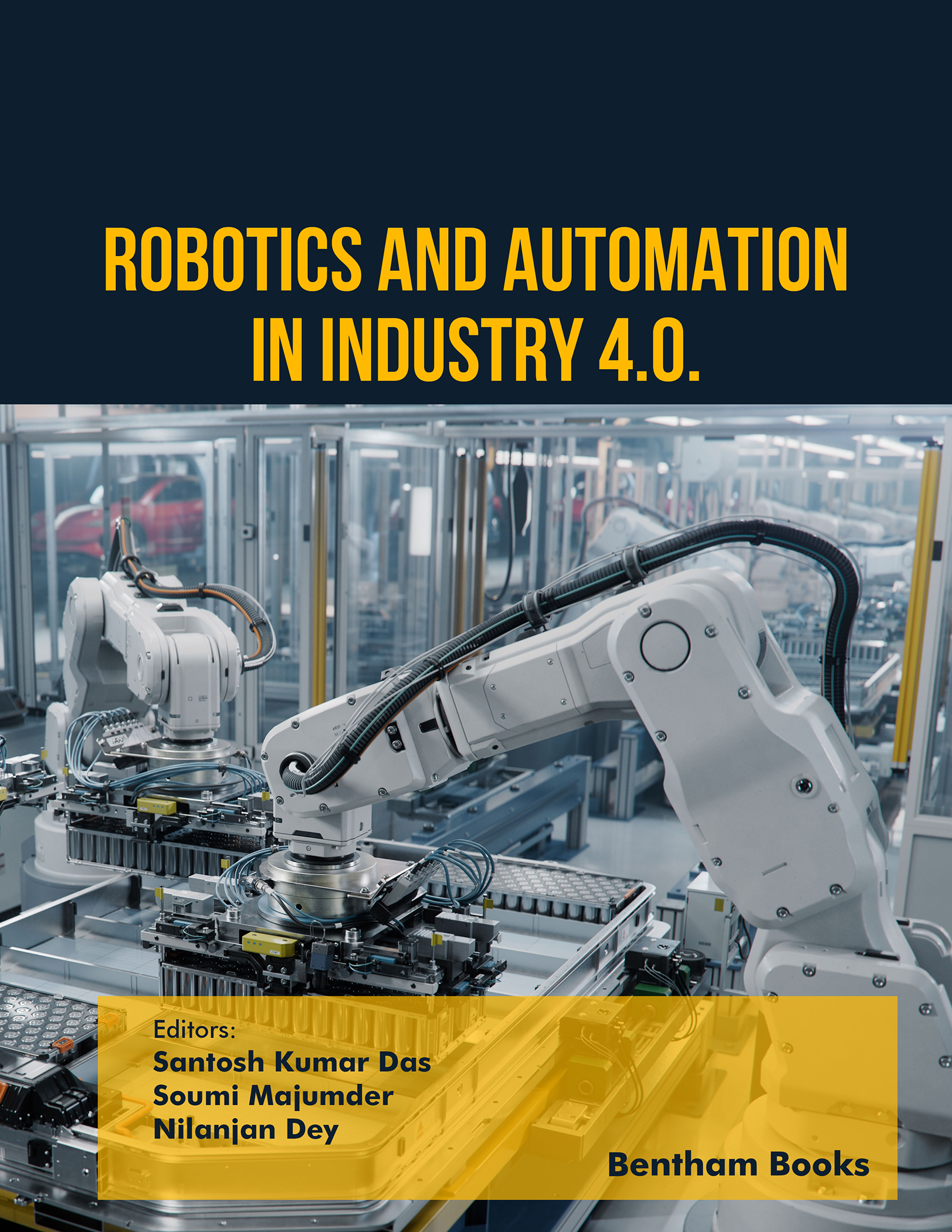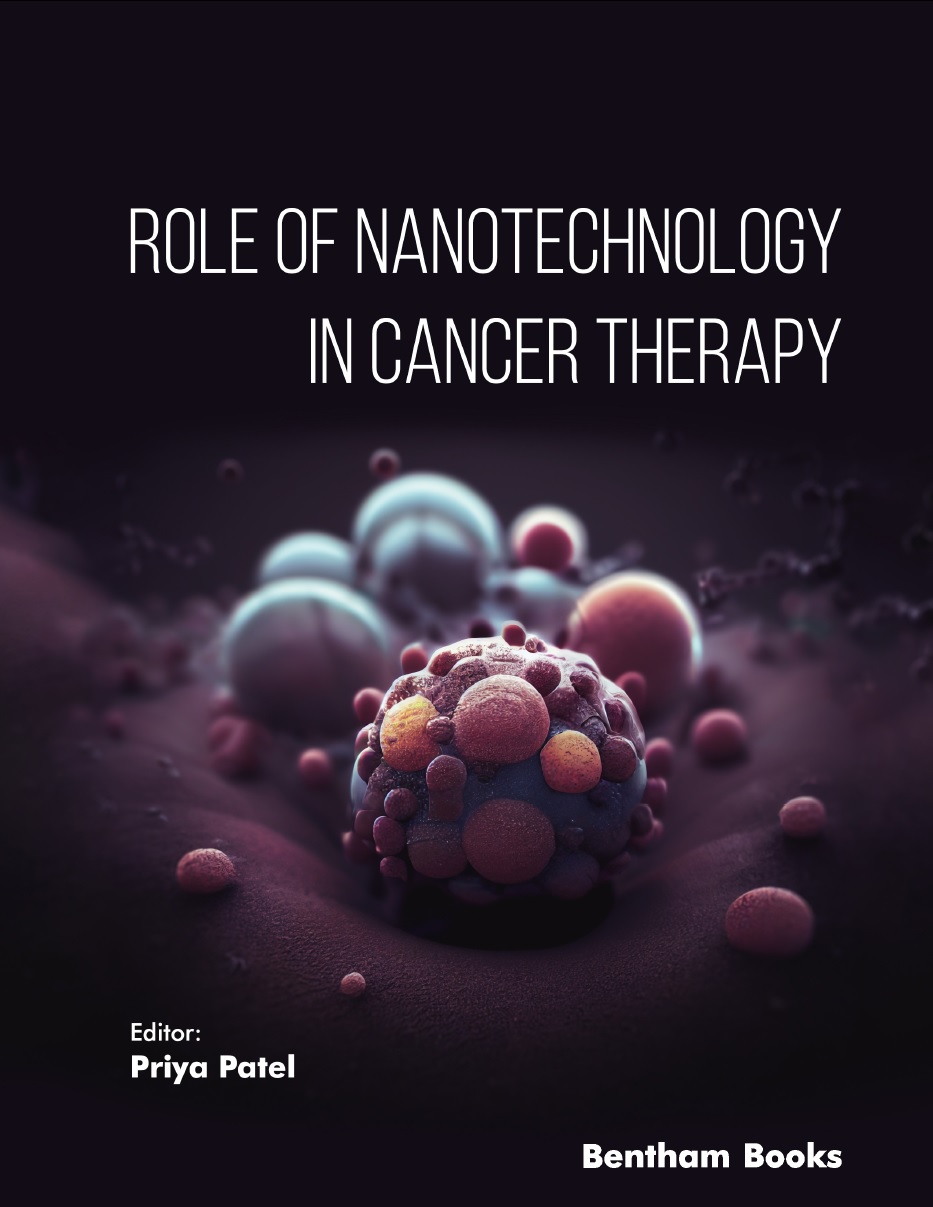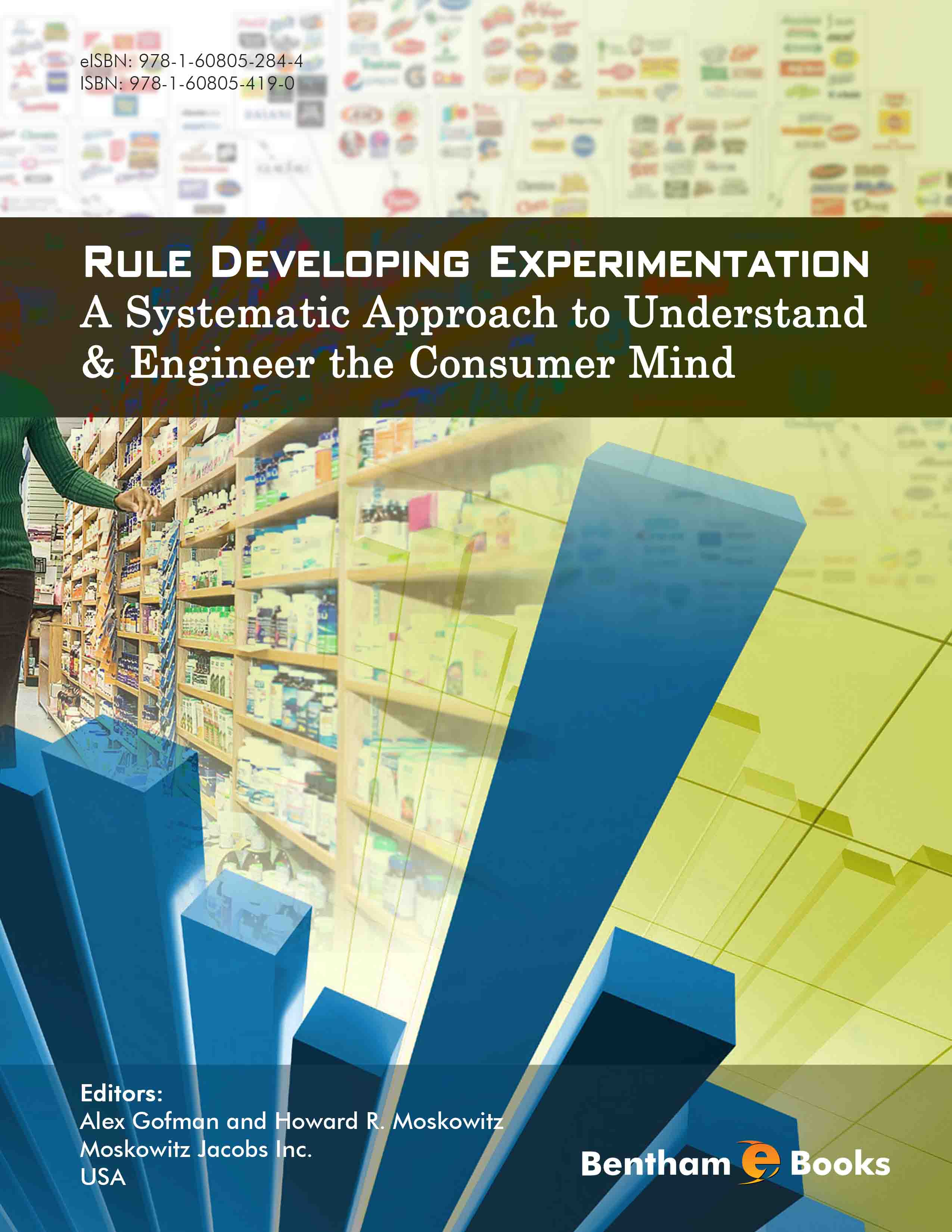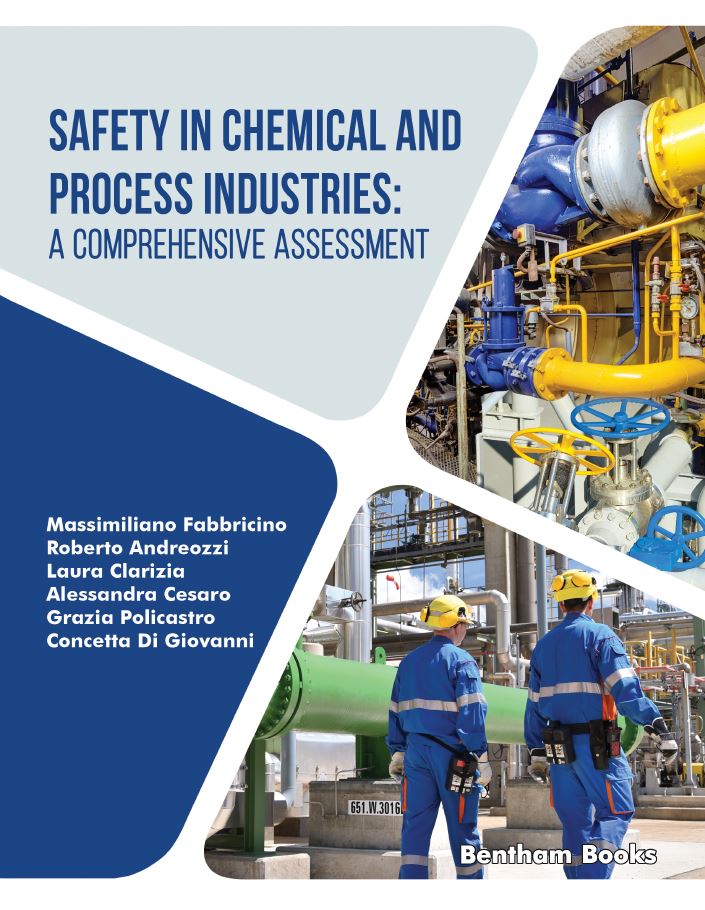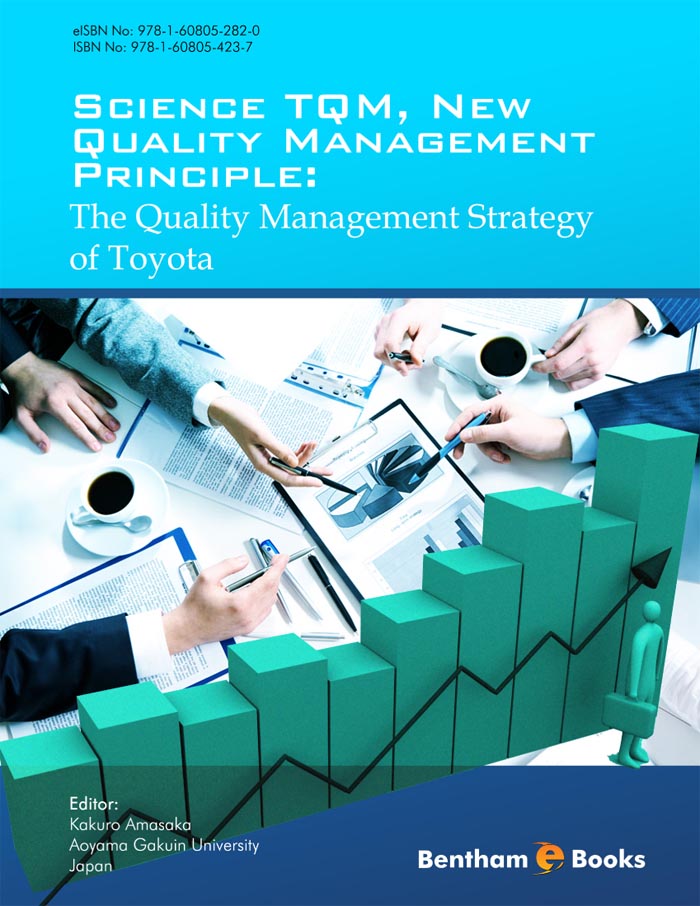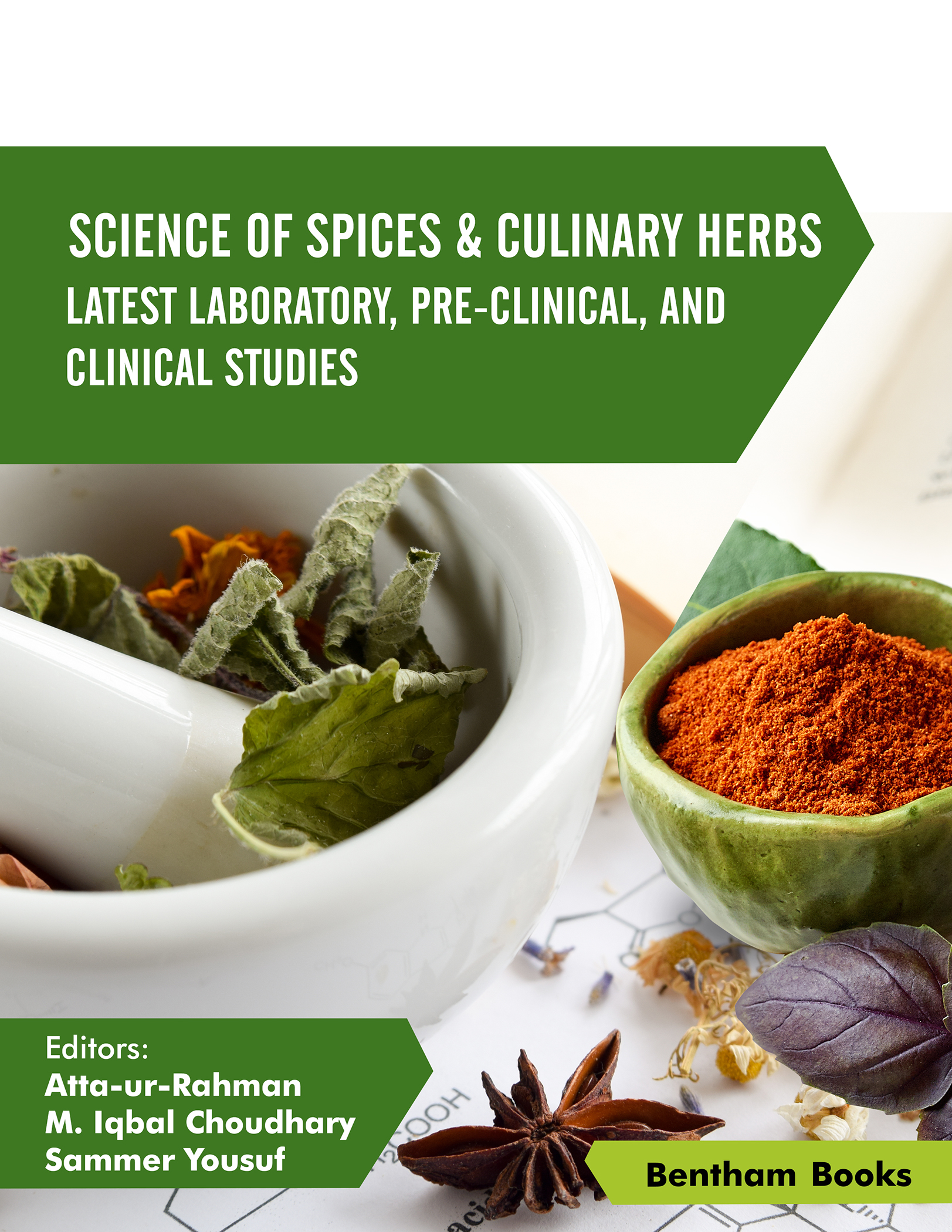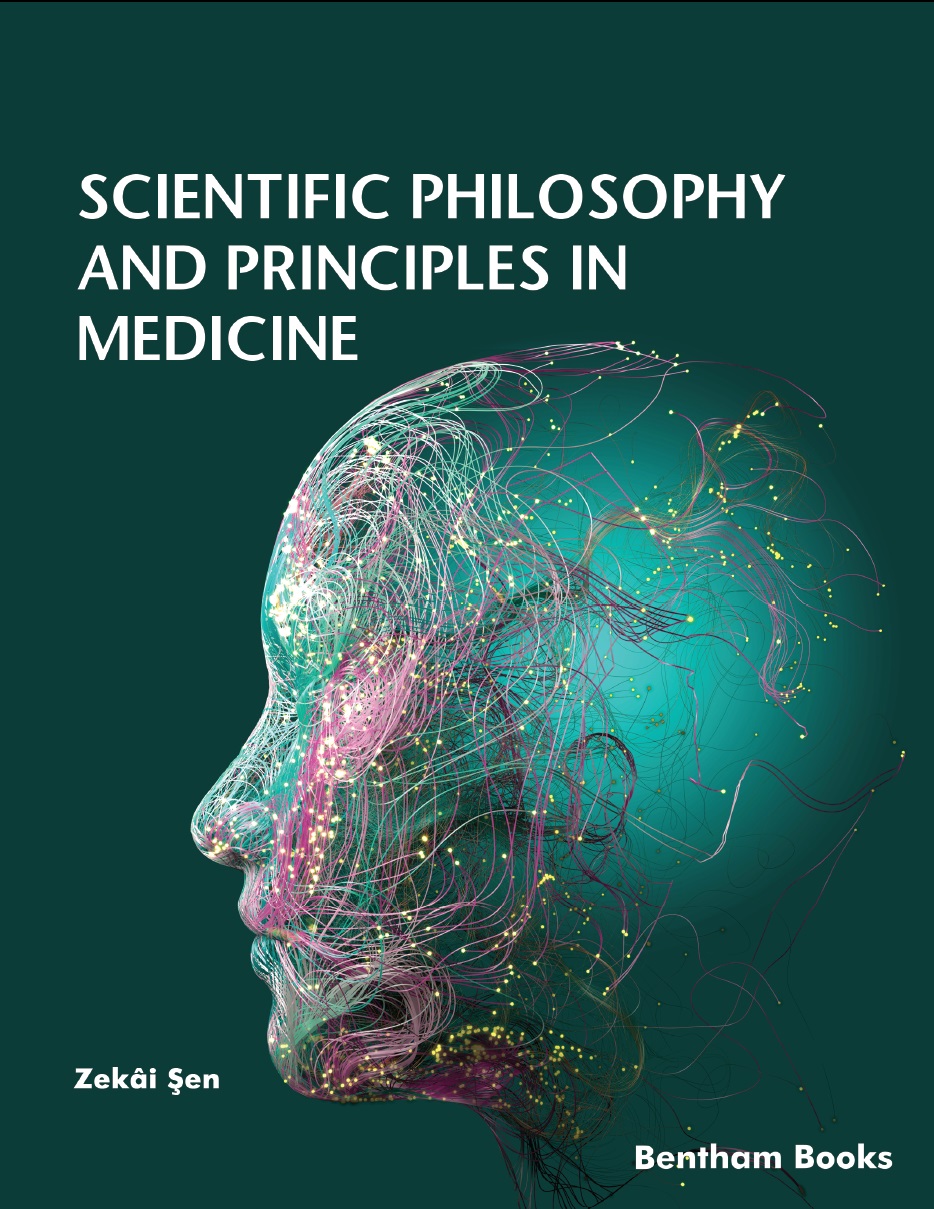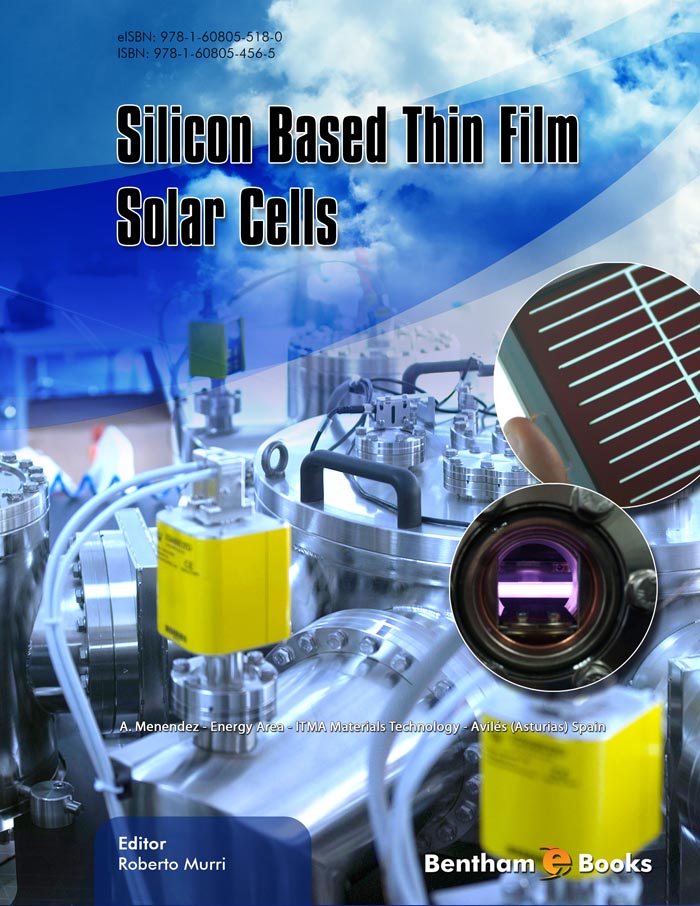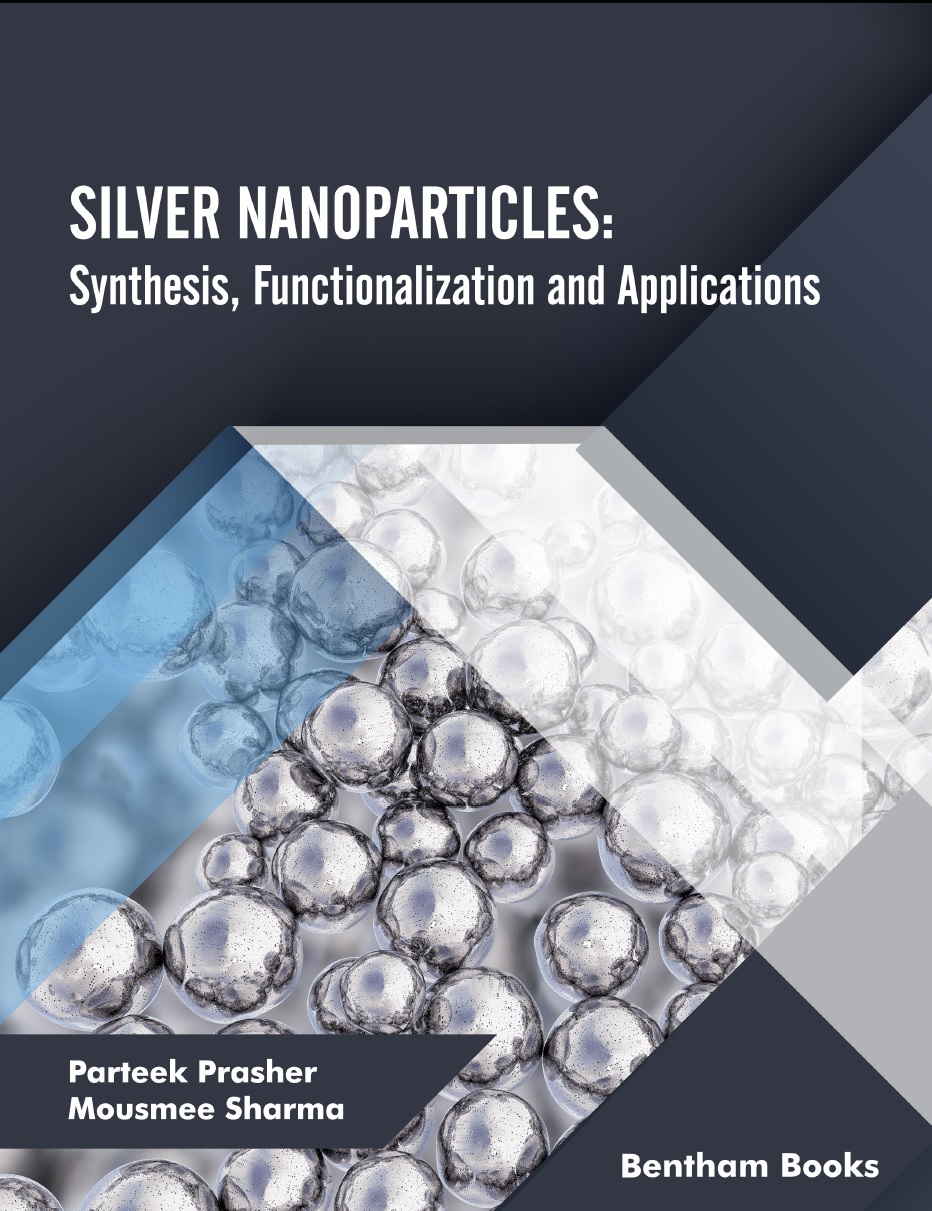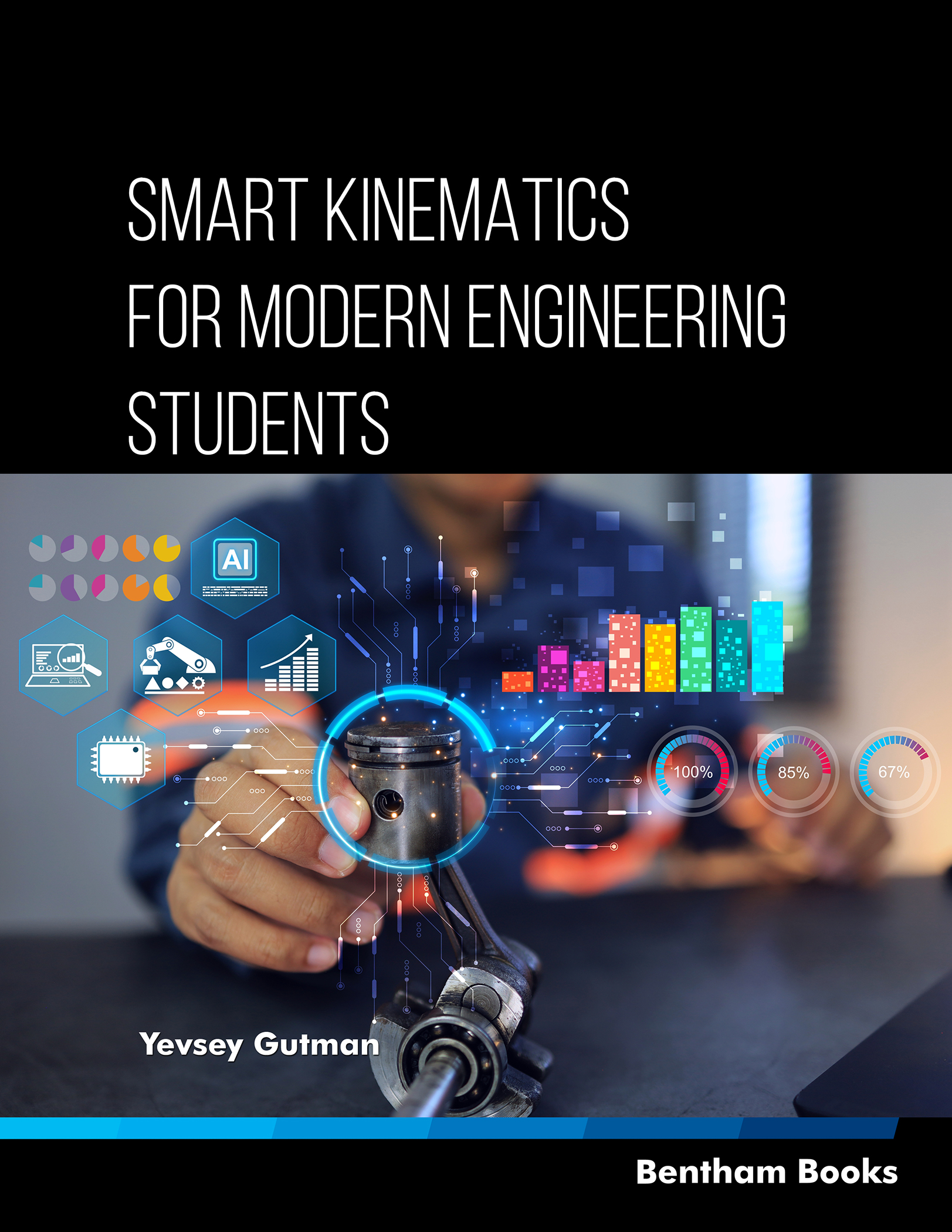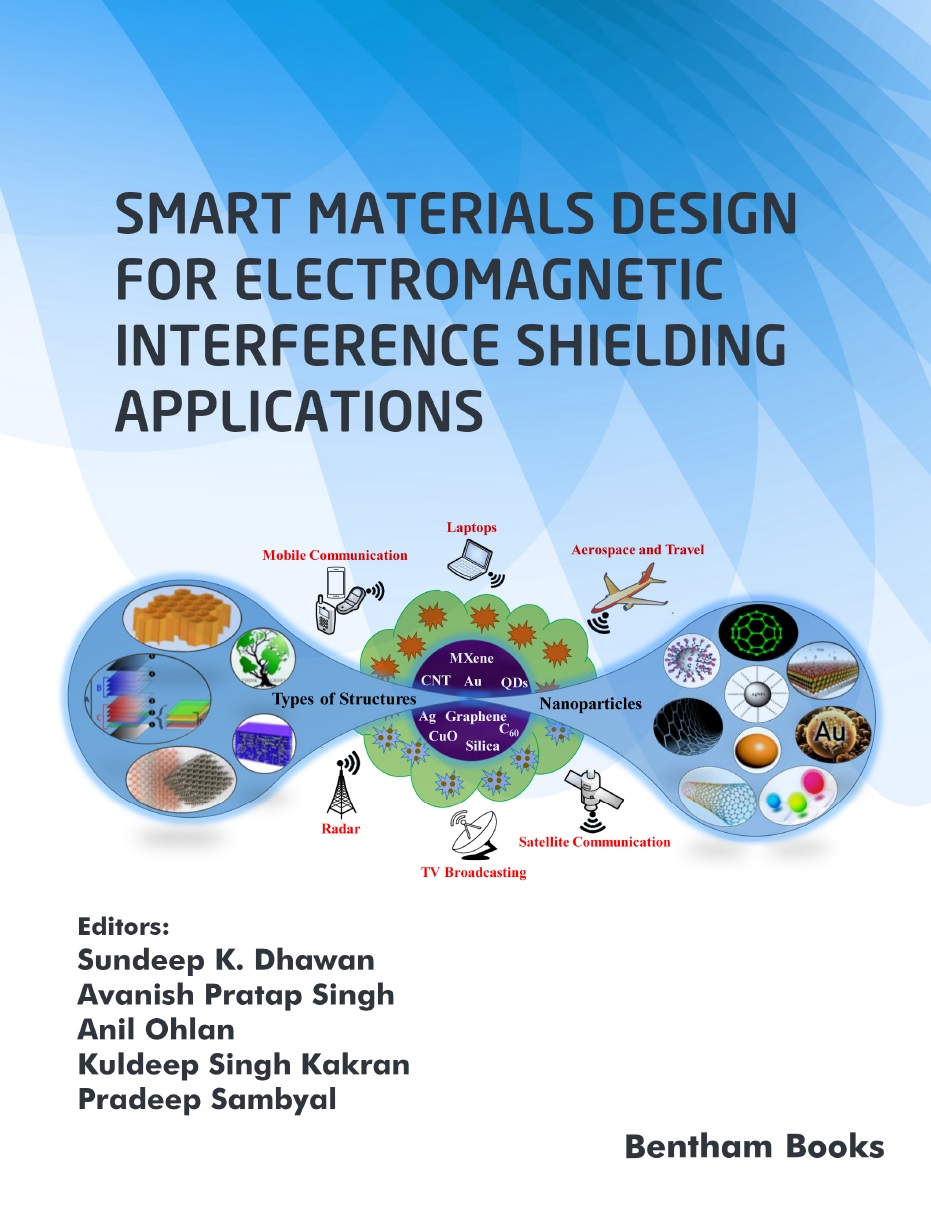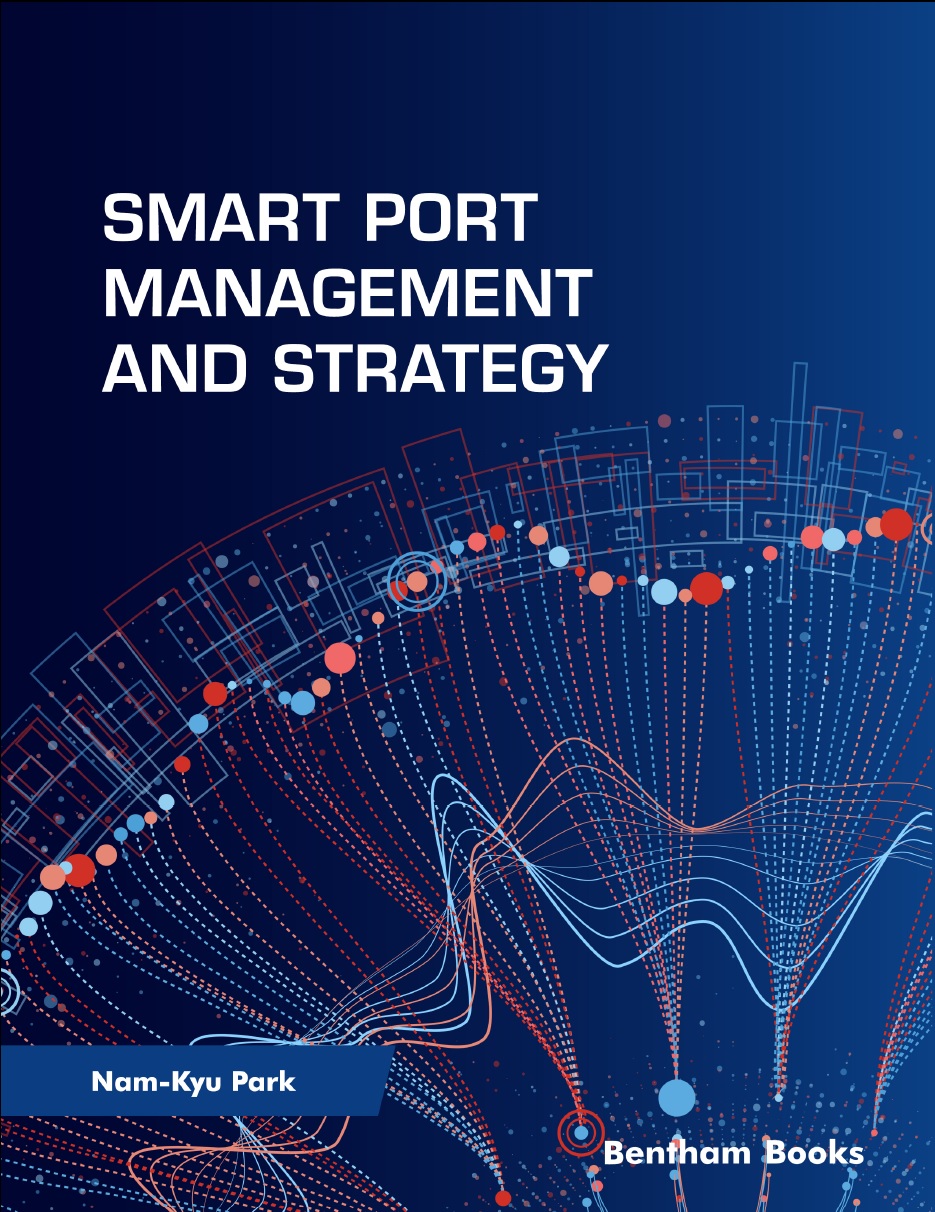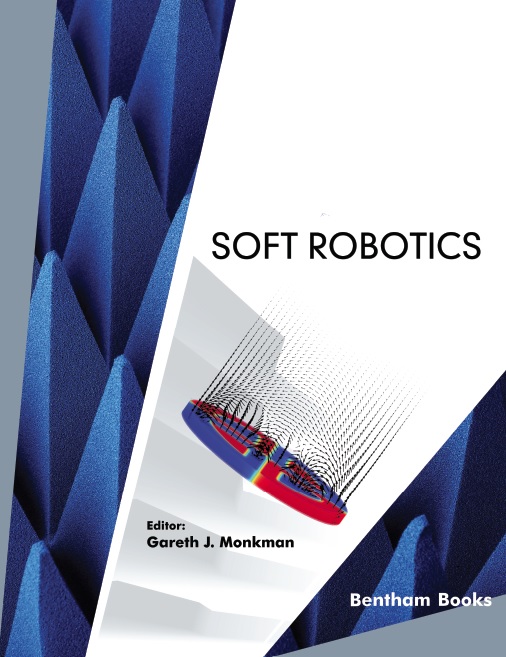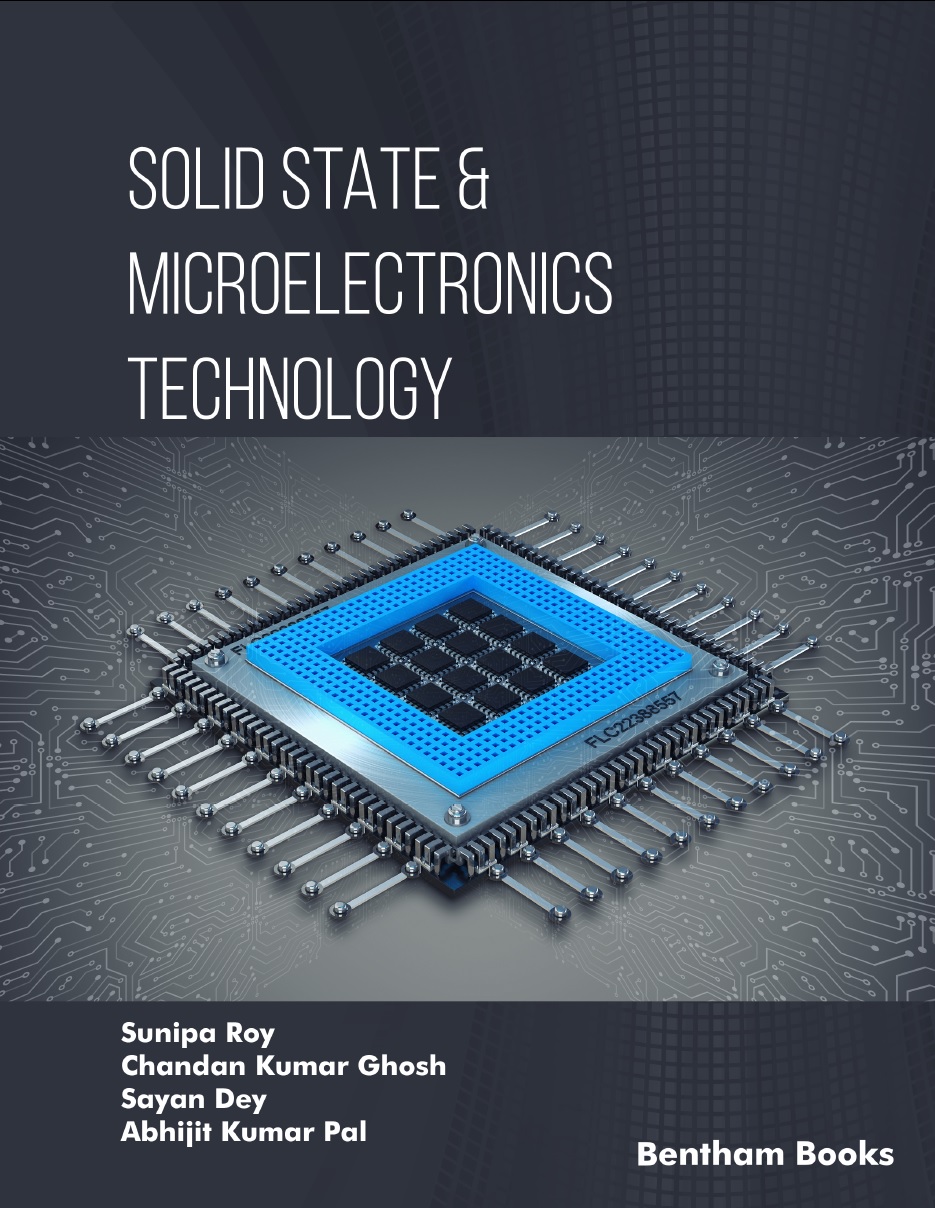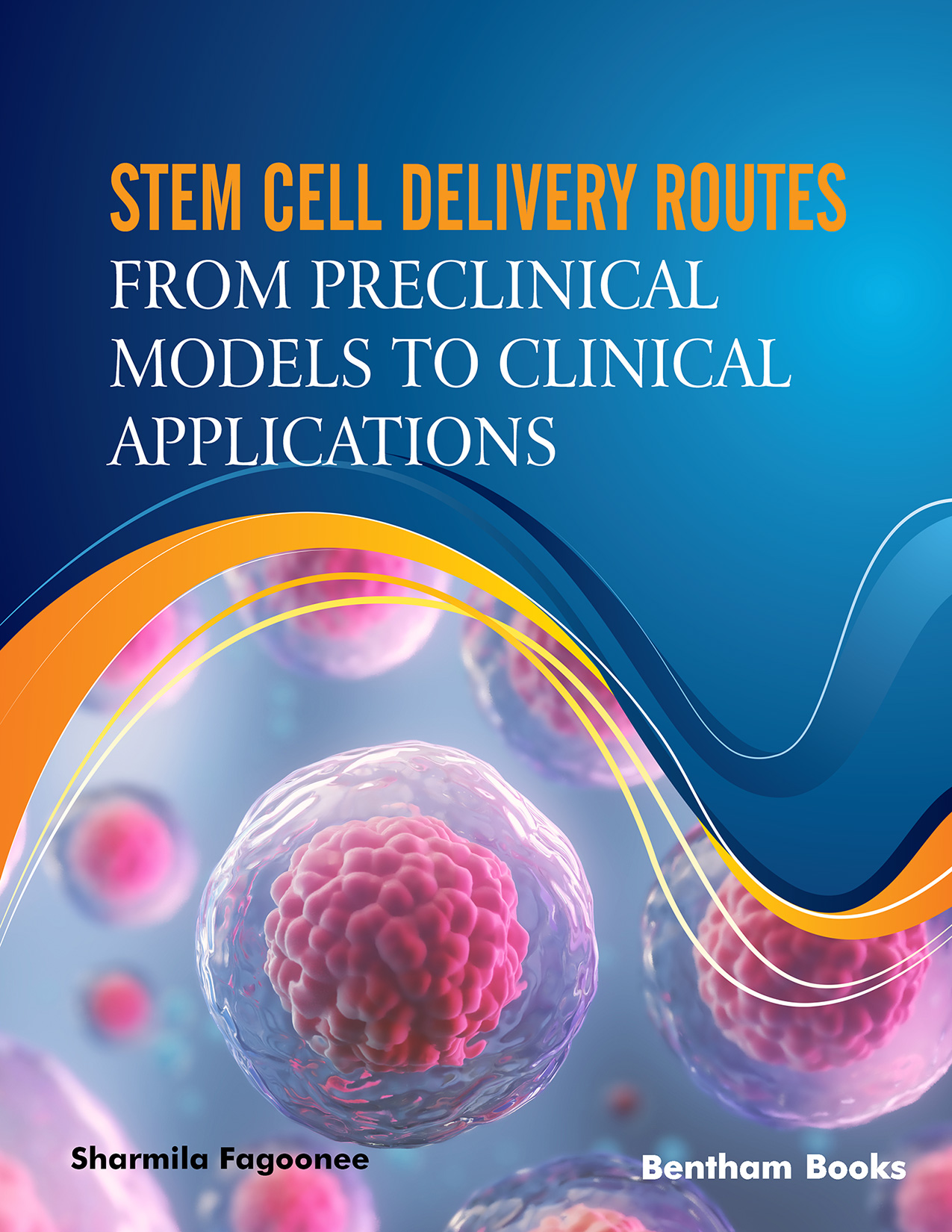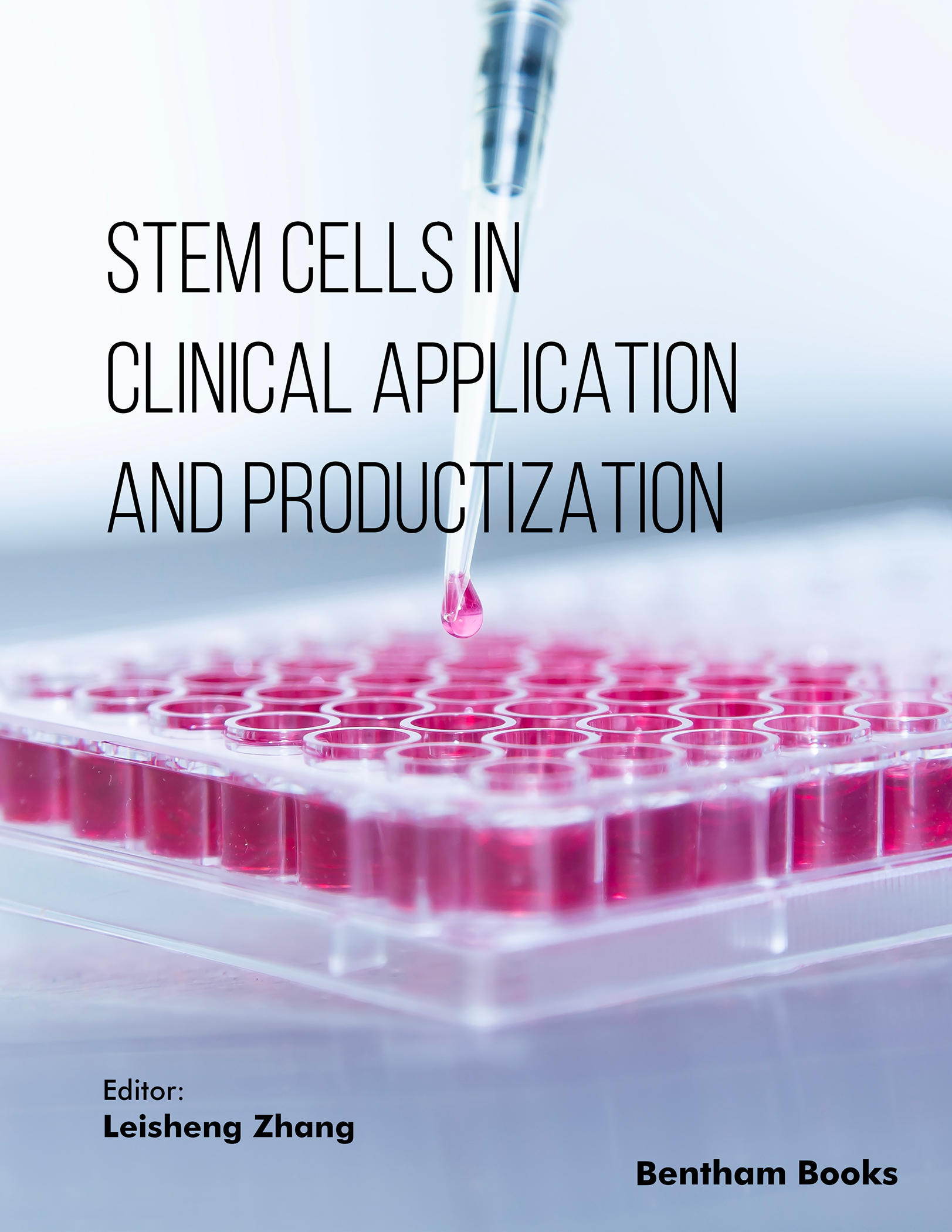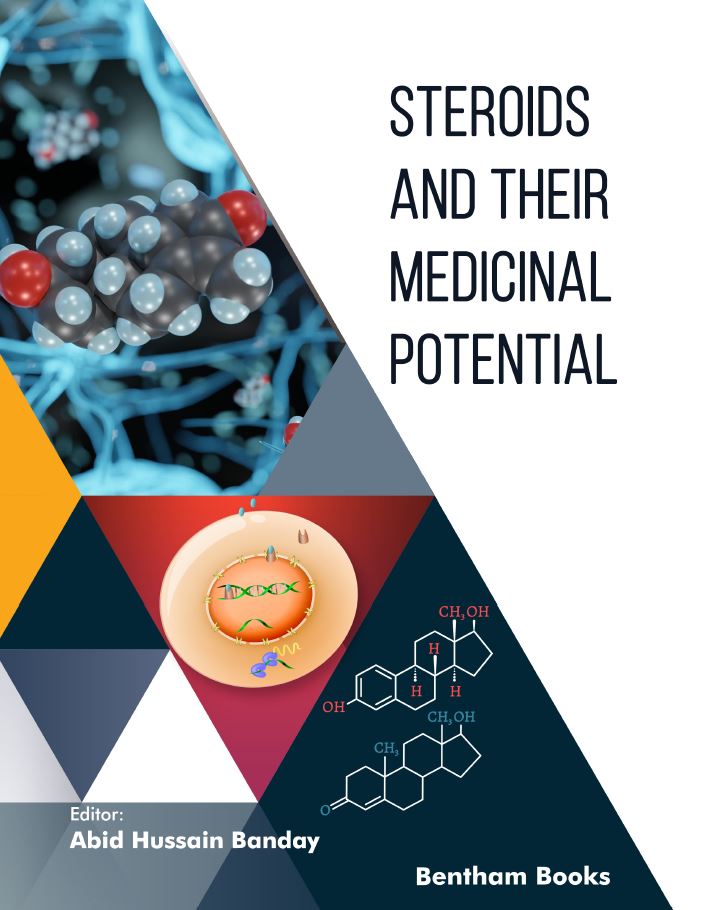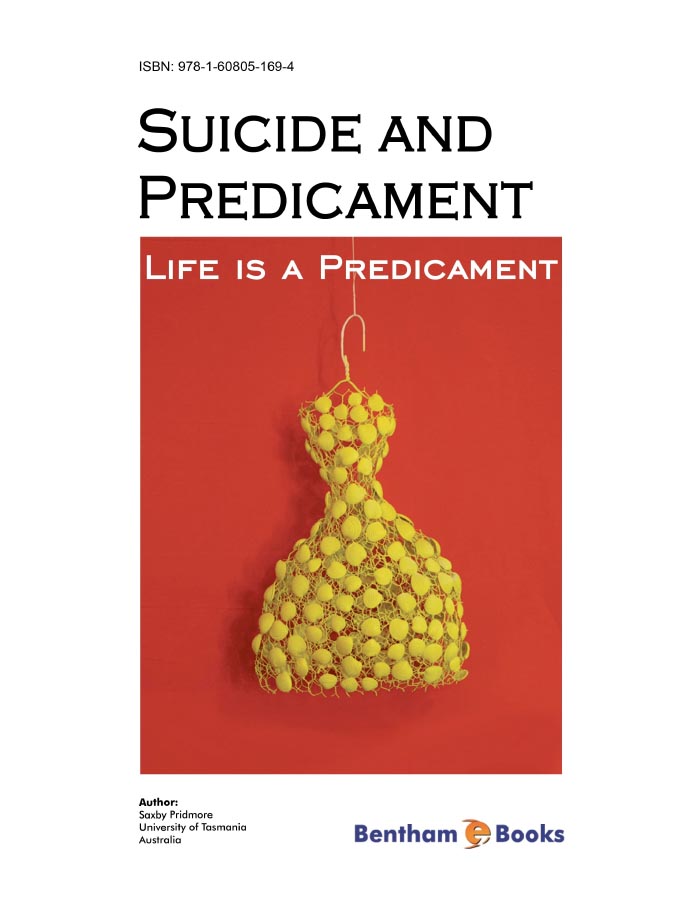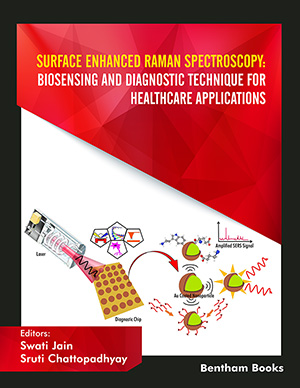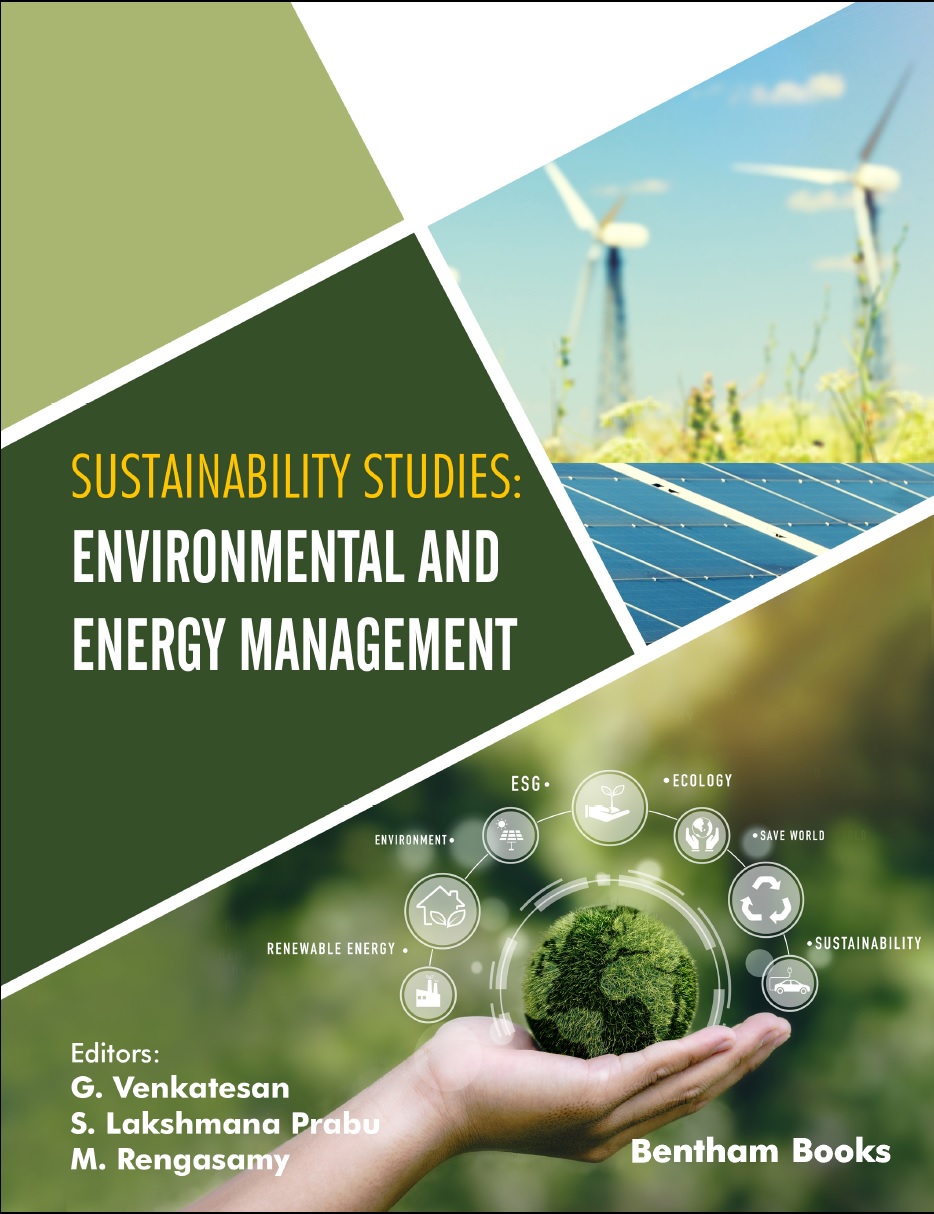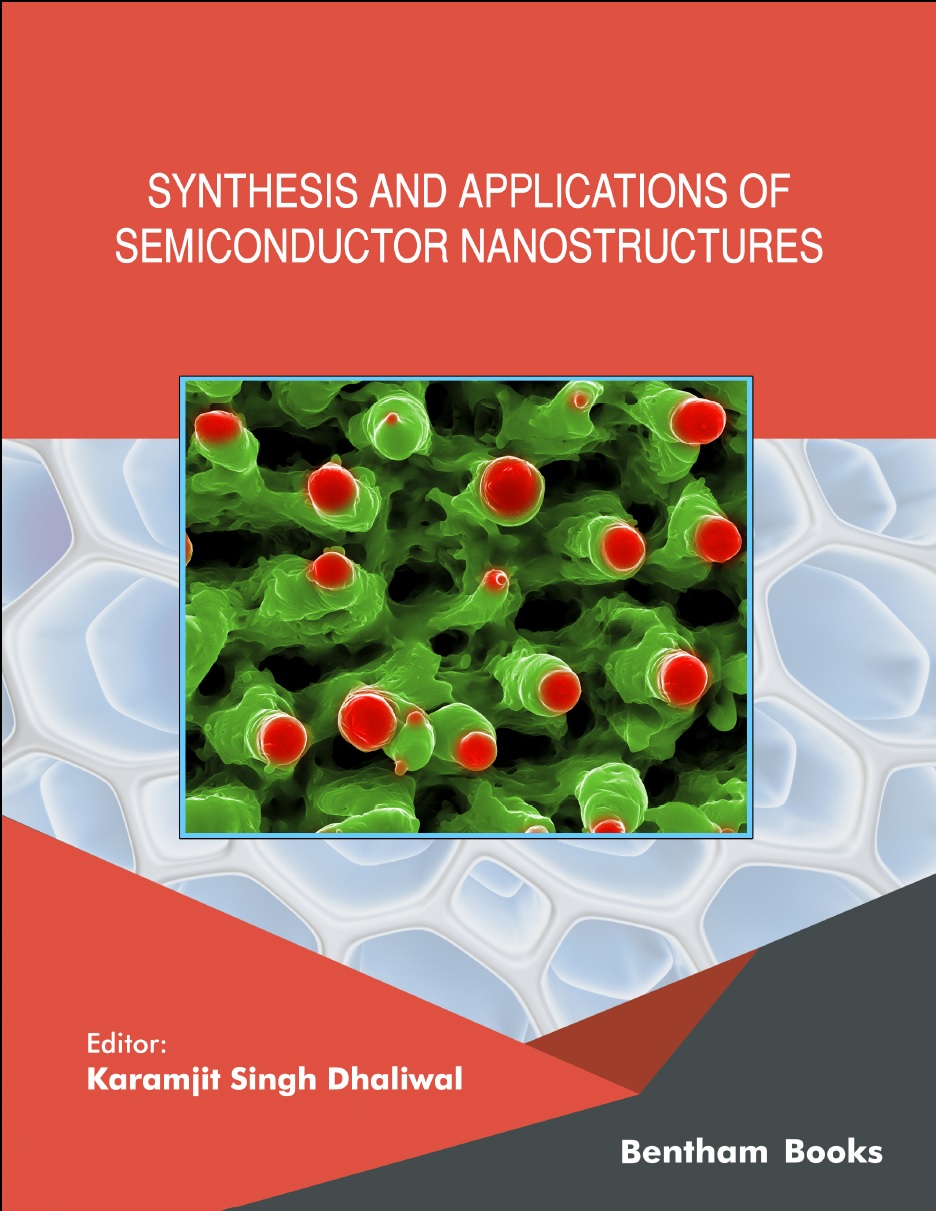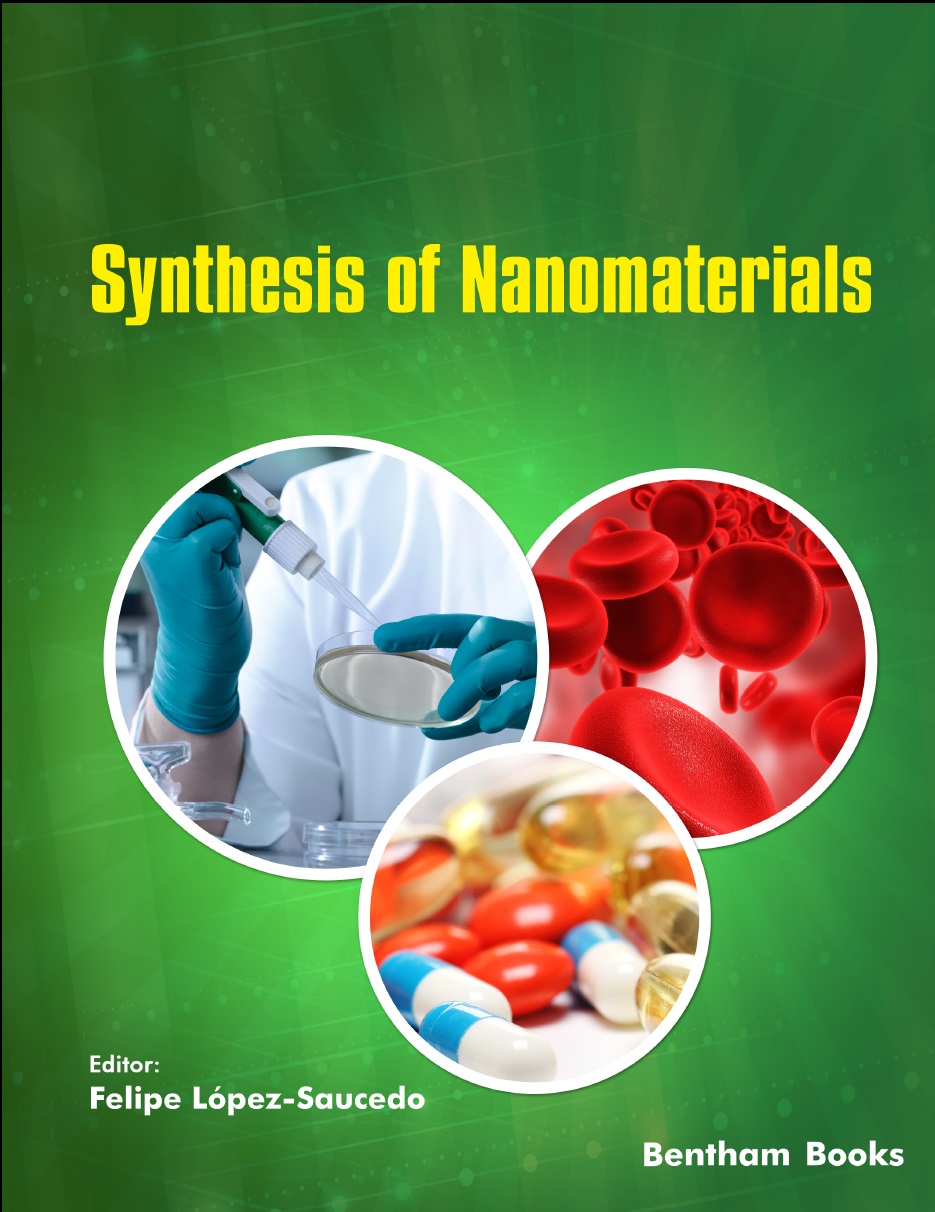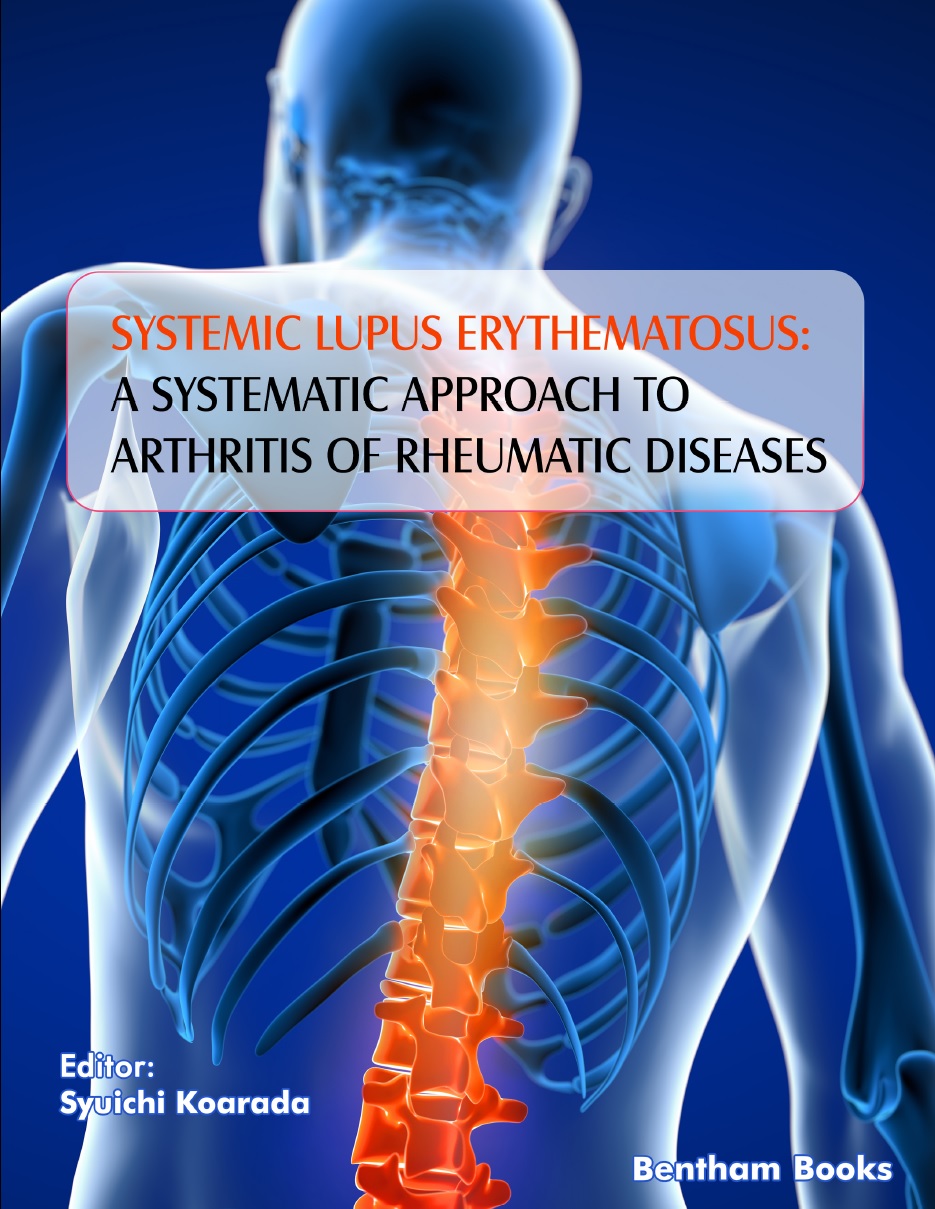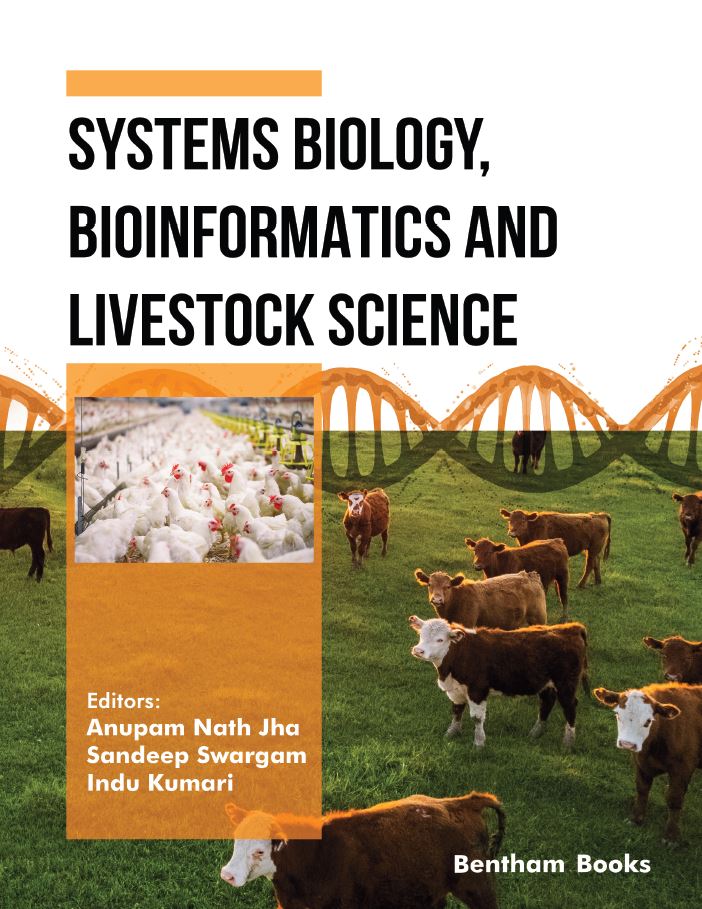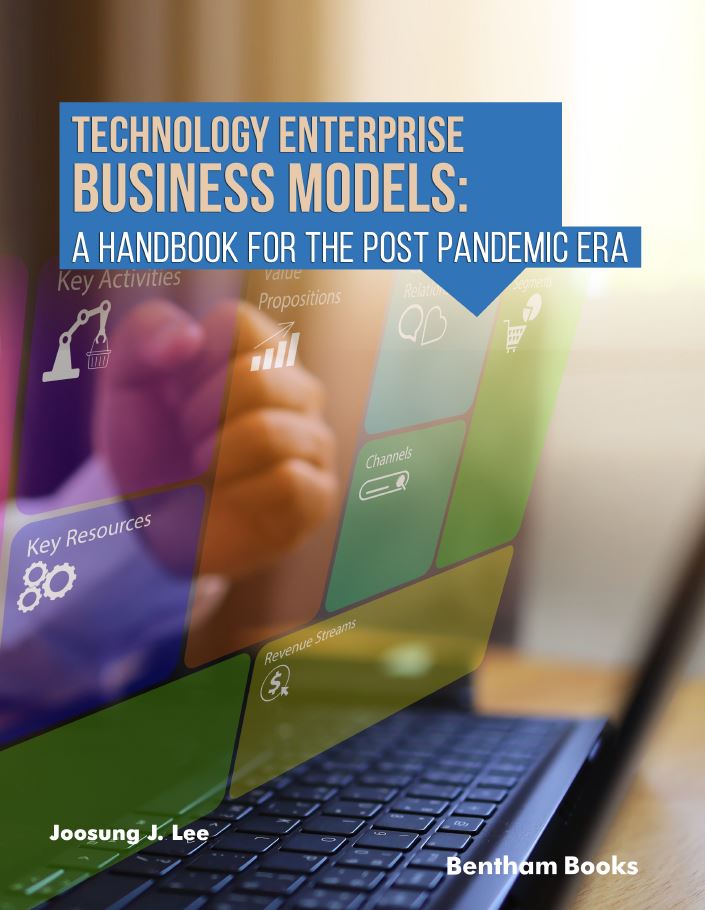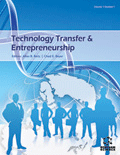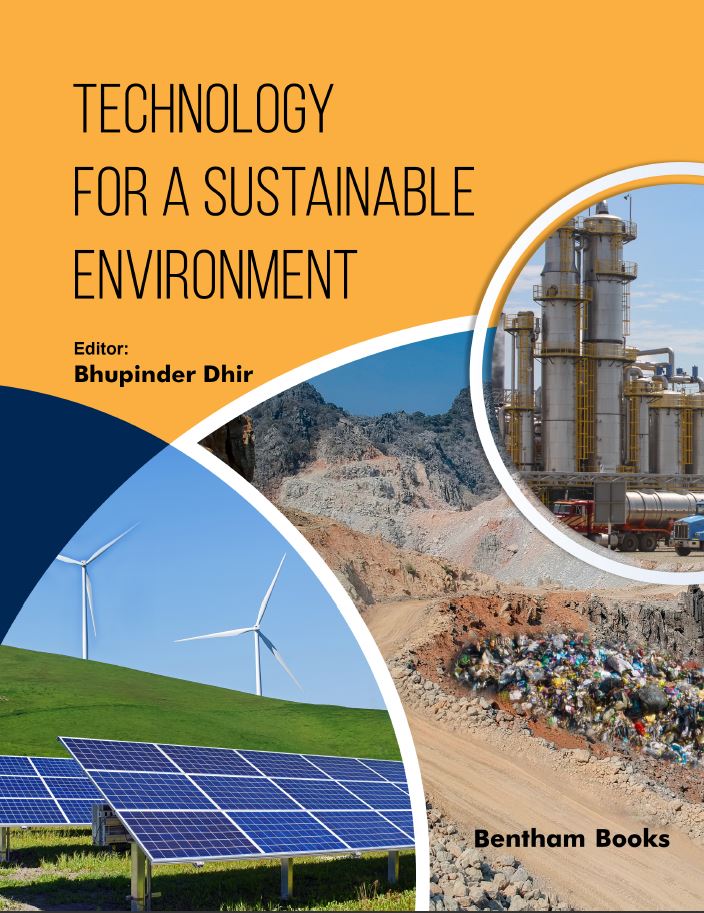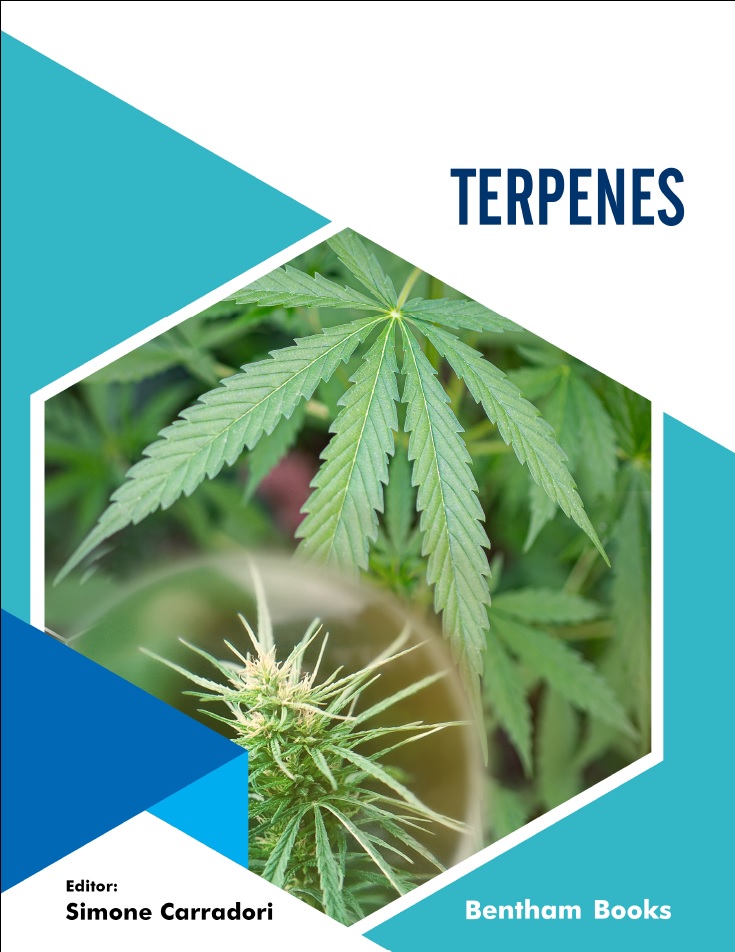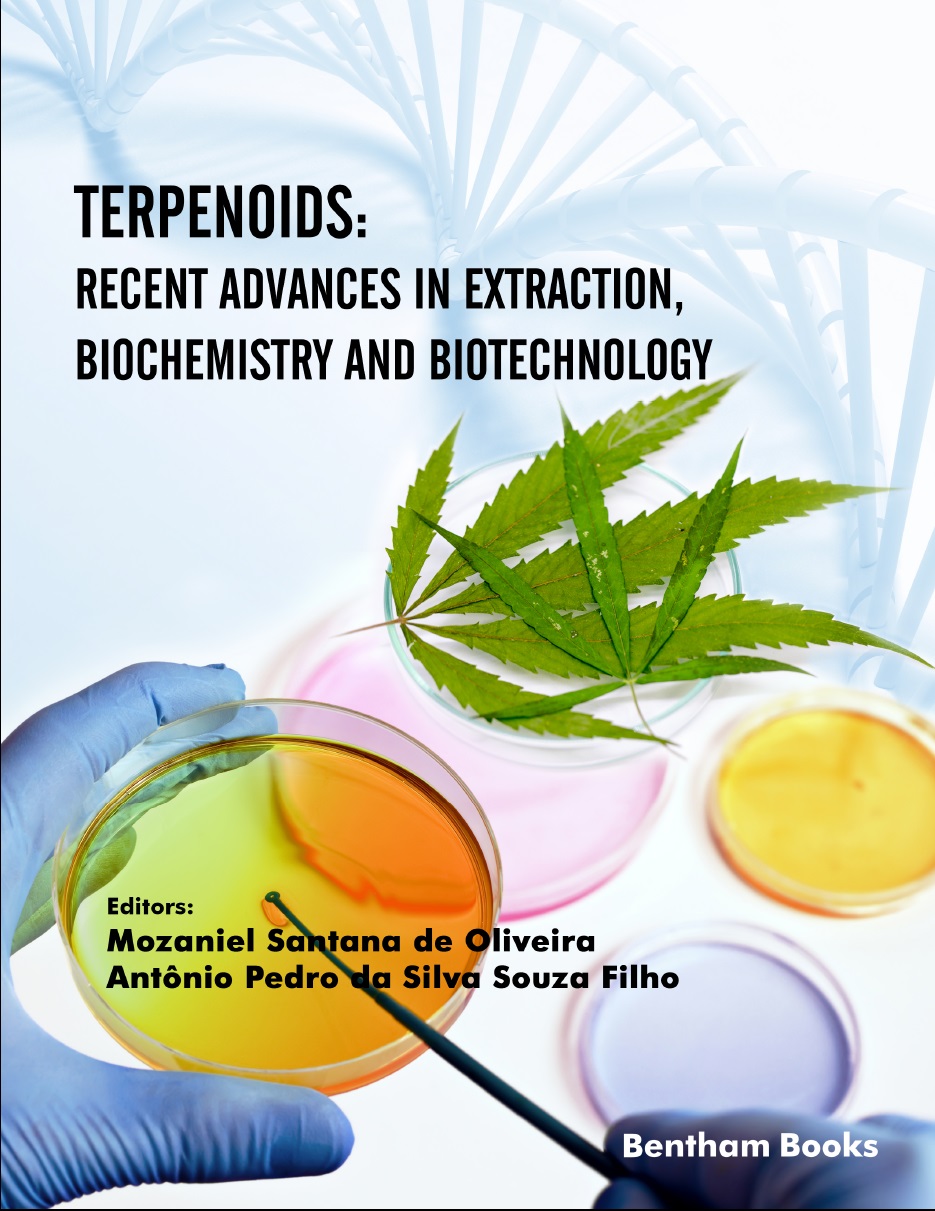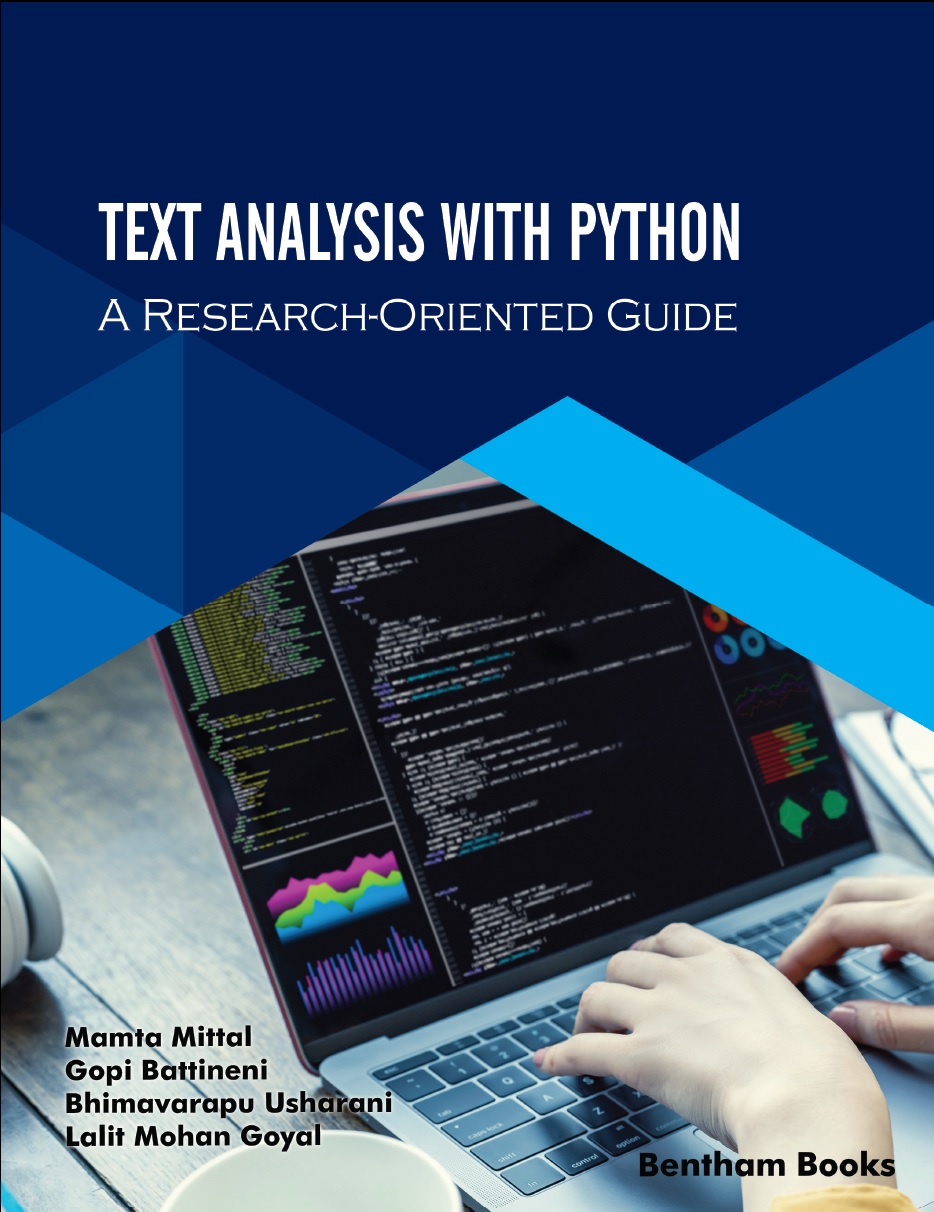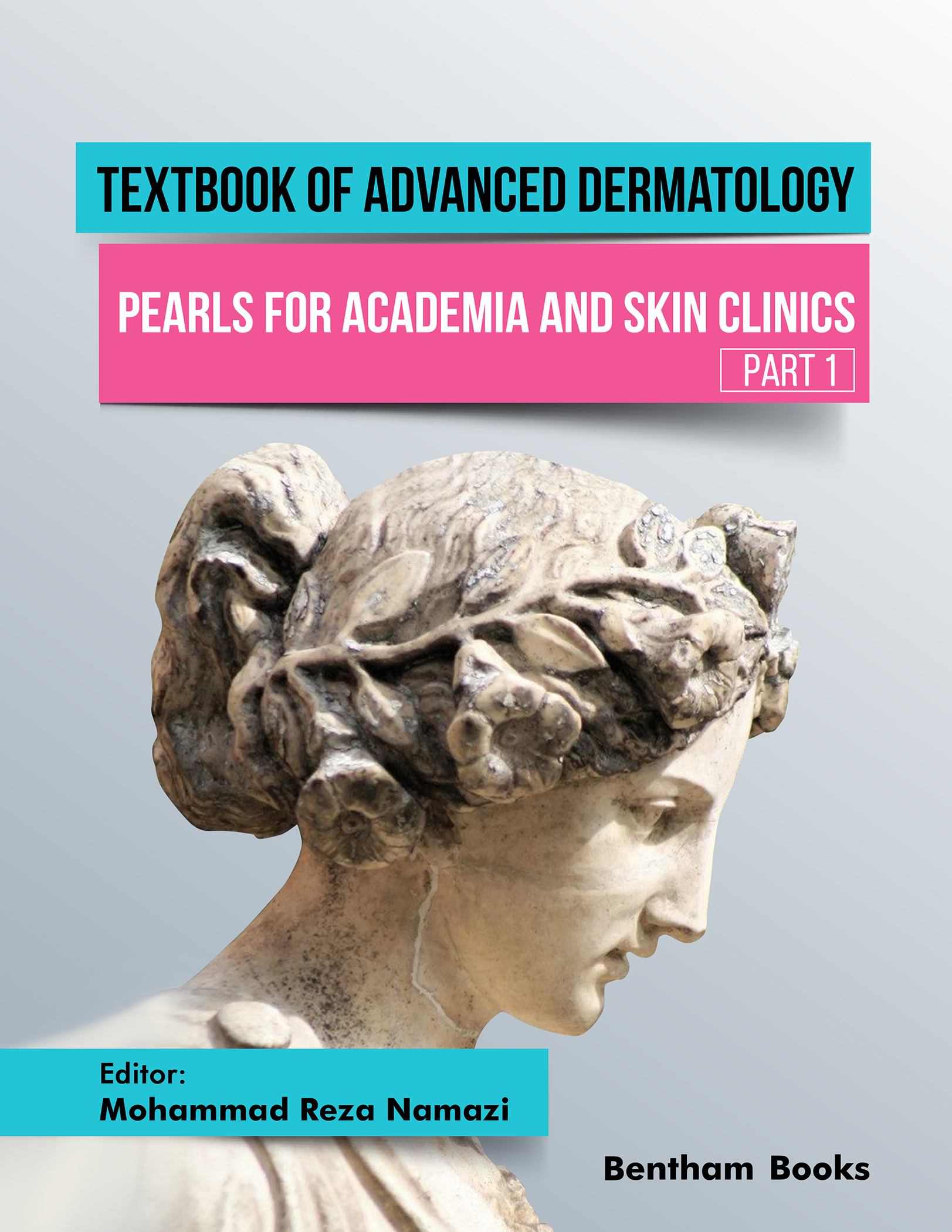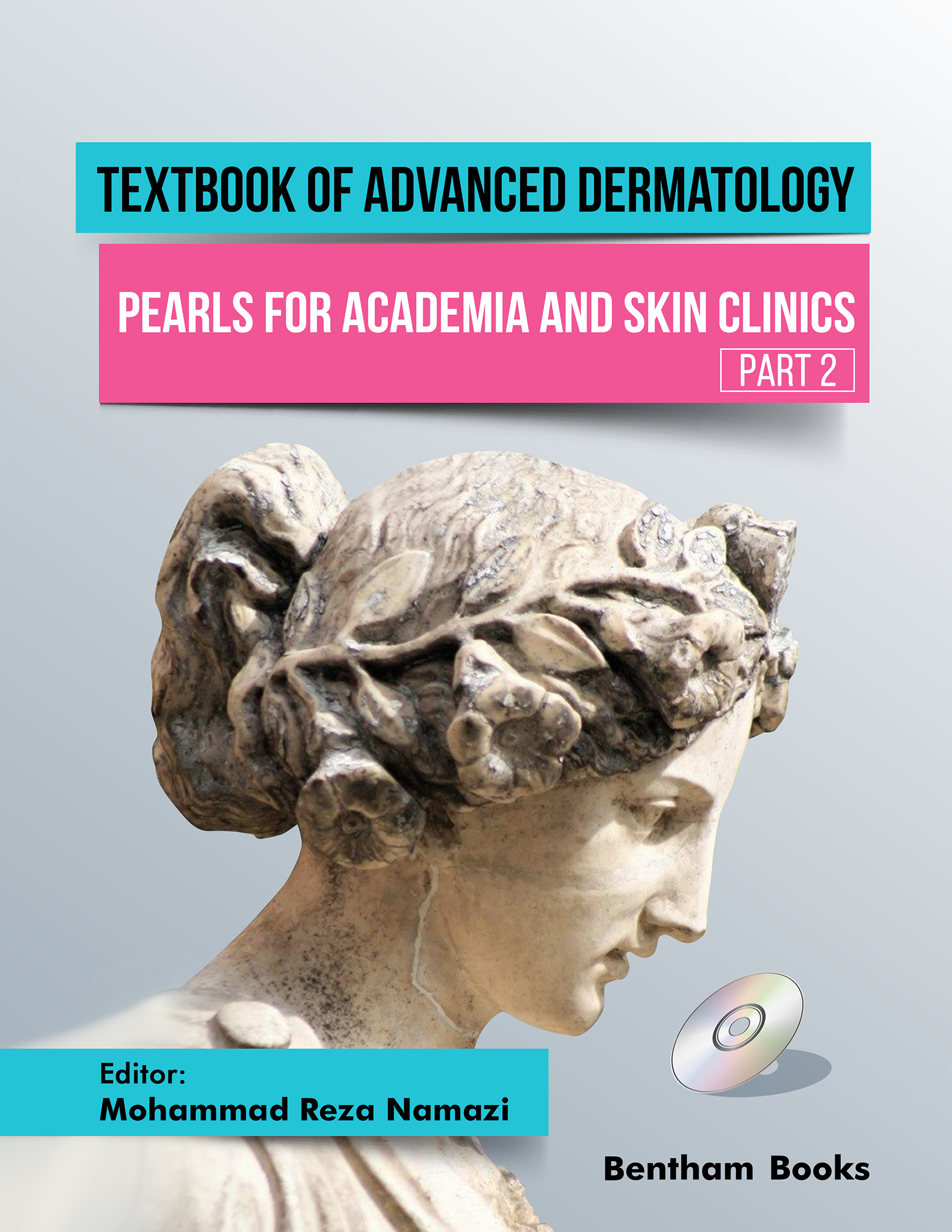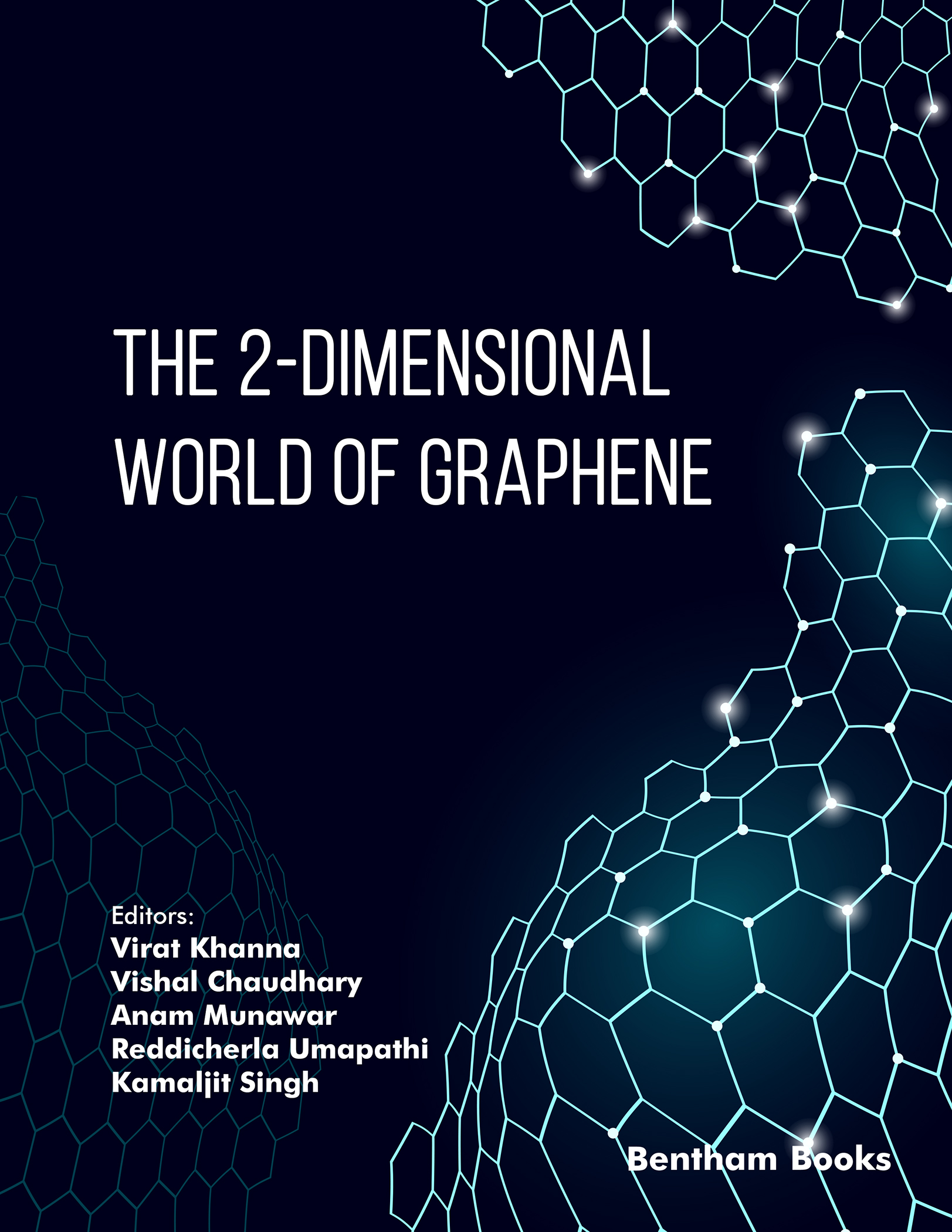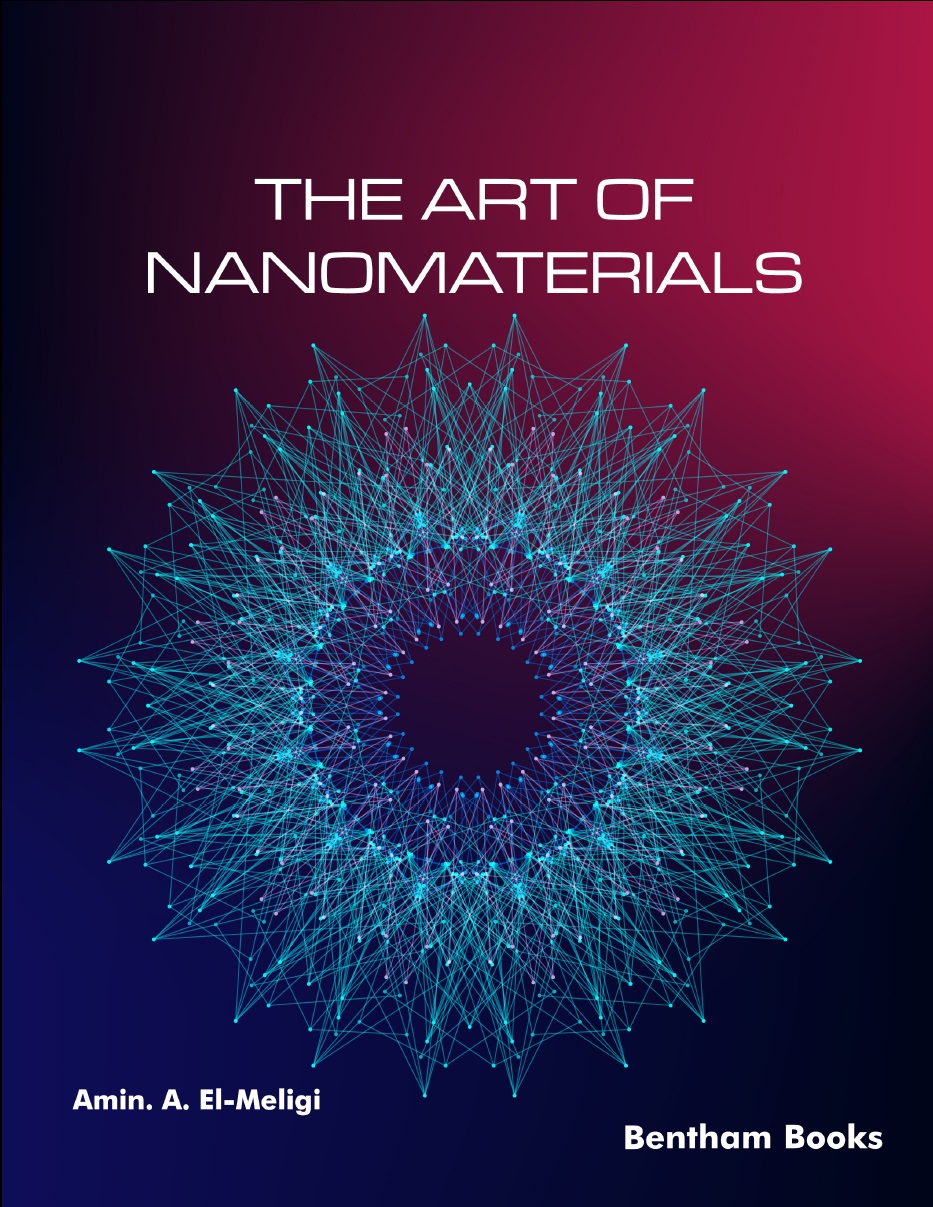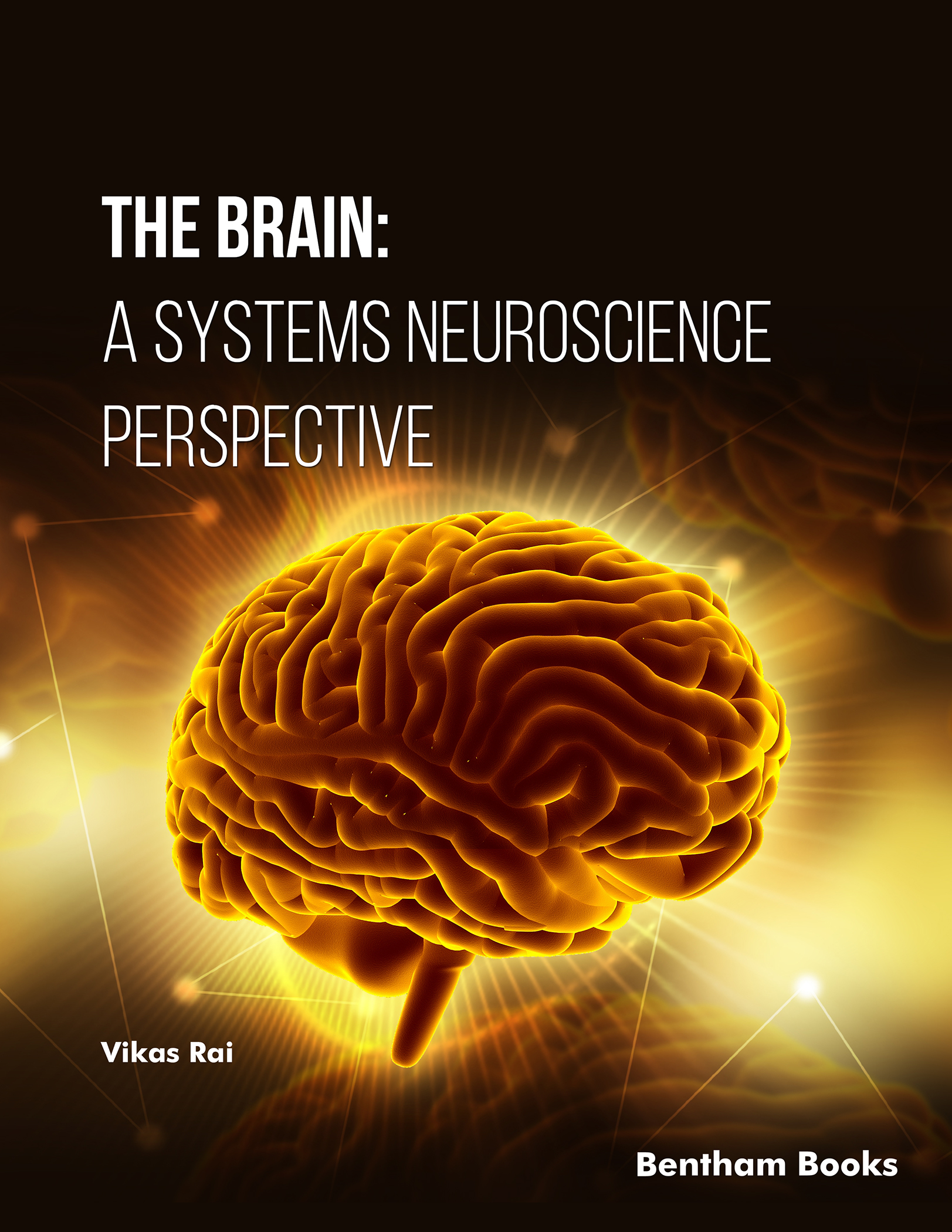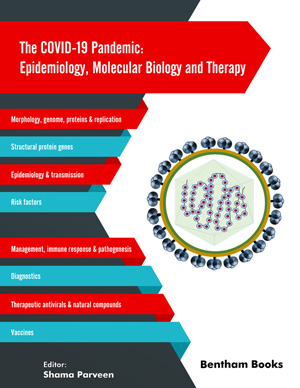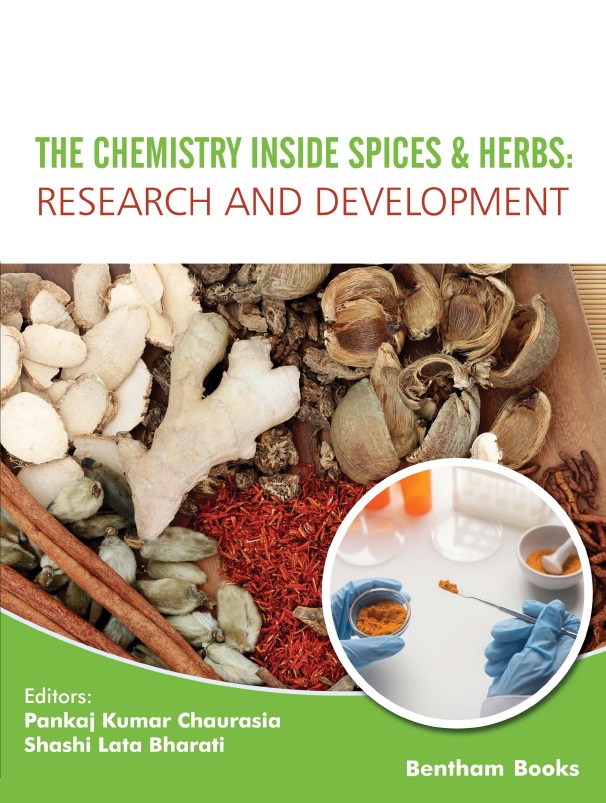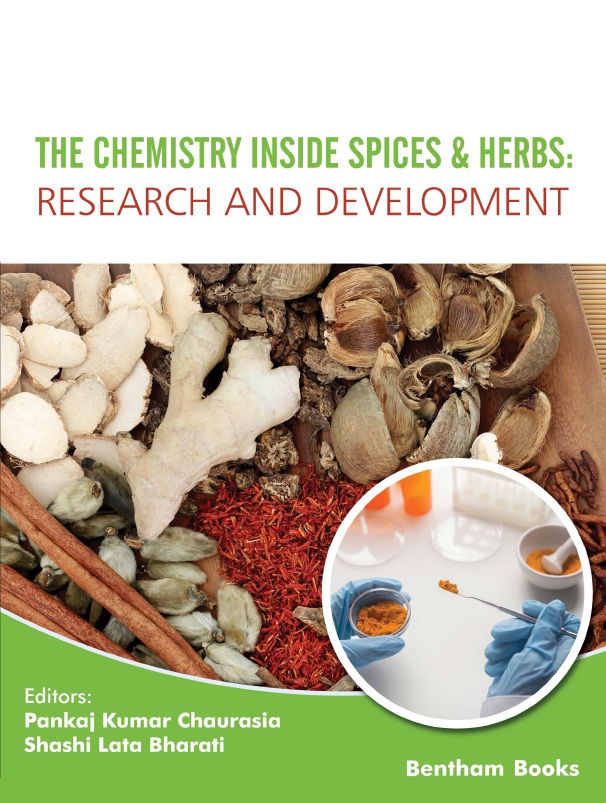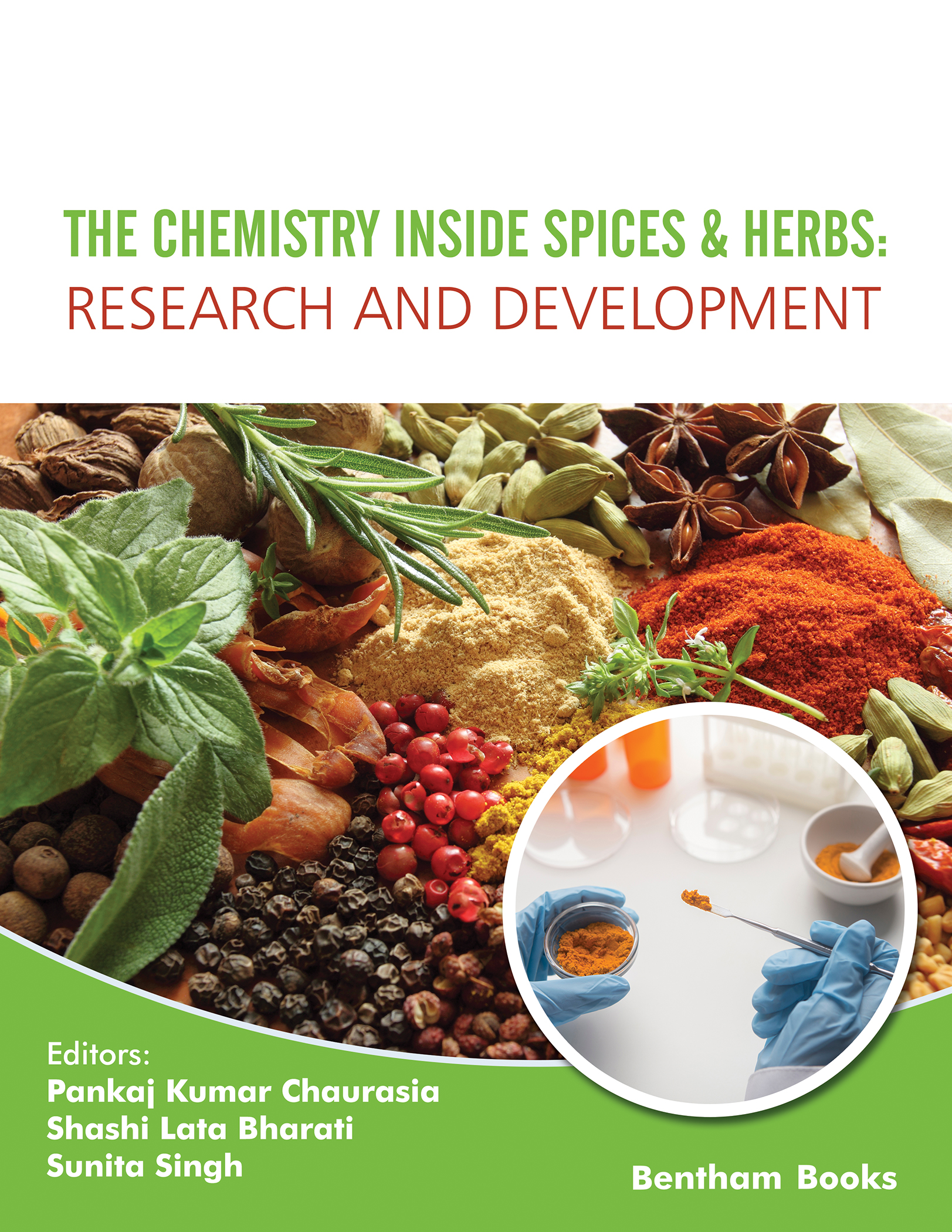- Home
- Publishers
- Bentham Science Publishers
Bentham Science Publishers
Bentham Science Publishers is a major publisher of more than 100 peer-reviewed science, technology and medical (STM) journals, along with a rapidly growing collection of eBooks. Since 1993, Bentham Science Publishers has been catering to the information needs of the pharmaceutical, engineering, biomedical and medical research community.701 - 750 of 812 results
-
-
Reviews on Recent Clinical Trials
More LessReviews on Recent Clinical Trials publishes high quality full-length/mini reviews, original research articles, interesting case reports, drug clinical trial studies and guest edited thematic issues on recent clinical trials of major importance. The journal's aim is to publish the highest quality articles in the field. Topics covered include: important Phase I – IV clinical trial studies, clinical investigations at all stages of development, therapeutics, meta analysis, trial logistics, design and conduct of trials, statistical methods, synthesis and evidence evaluation, decision analysis, reviews, case reports and commentaries on current or controversial issues.
The journal is essential reading for all researchers and clinicians involved in drug therapy and clinical trials.
-
-
-
Ricin Toxin
More Less`Ricin Toxin brings together a collection of in depth and cutting edge reviews that focus on the current understanding of ricin toxins. This e-book provides a historical background, innovations in detection, identification and medical countermeasures against this biothreat, and the toxins previous use as an anti-cancer agent.
This e-book answers various important questions such as detection of ricin in food or soil, making of humanized antibody against the toxin, novel approaches for the creation of a safe vaccine to protect first responders, exploitation of toxin`s ability to bind and penetrate cells for medical benefits, aftereffects of administering antibody against ricin to a first responder and their exposure to the toxin, neutralization of different ricin from different castor plant cultivars. Aside from learning key concepts that may be overlooked while scanning literature, the reader will benefit from gems of information scattered throughout the book.
The book comprises of five different parts. The first part covers the background of ricin from pharaohs to bioterrorists and beyond.
The second part covers the discovery of recent technologies which are very helpful for the detection of ricin in different matrices, followed by the detection of ricin in the sorption of soils, minerals,textiles, and food; soil inflatration and dust transport. The third part covers the ricin and castor plant cultivars. It also discusses the antibody therapies such as Polyclonal and monoclonal antibodies and the extraction of ricin toxin from several cultivars of the Castor Plant (Ricinus communis).
The fourth part of this e-book discusses different medical countermeasures which are very effective in enhancing the progress in the development of vaccines against ricin intoxication. This part also describes different methods employed for the improvement of anti-ricin antibodies.
The last part of this book describes the replacement and different applications of the toxin. All chapters are written by paramount experts in ricin research.
`Ricin Toxin is an essential reading to all medical students, biochemists and professionals involved in the field of toxicology.
-
-
-
Risks and Challenges of Hazardous Waste Management: Reviews and Case Studies
More LessThis reference presents reviews and case studies of hazardous waste management in a selection of cities. The overarching themes of the compiled topics include 1) the problems of healthcare waste management, 2) case studies of hazardous waste mismanagement, 3) health risks associated with environmental waste, issues in environmental health and 4) grassroots environmentalism.
The volume initially presents reviews and case studies from developing countries, including countries in South America (Argentina), Africa (Algeria and Nigeria), and Asia (India). The latter chapters of the book focus on environmental issues in Campania, a region in Italy. These chapters also provide an insight into the impact of the COVID-19 pandemic on waste management practices in this region.
Risks and Challenges of Hazardous Waste Management is an insightful reference for management trainees, professionals and researchers associated with waste management and environmental health firms. Readers will gain insights into current issues and practices in the respective industries. The reviews and case studies presented in the reference are also useful to professionals involved in risk assessment studies.
-
-
-
Robotics and Automation in Industry 4.0
More LessRobotics and Automation in Industry 4.0 explores the transformative role of robotics, automation, and emerging technologies in the modern industrial landscape. The book is divided into four comprehensive sections, each focusing on key areas of Industry 4.0. These are: 1) Robotics: Applications and Advancements, 2) Renewable Energy Applications, 3), FinTech, and 4) Multidisciplinary approaches. It compiles 13 chapters offering insights into the latest advancements and provides practical guidance for navigating the evolving industrial landscape.
-
-
-
Role of Nanotechnology in Cancer Therapy
More LessRole of Nanotechnology in Cancer Therapy gives an overview of the innovative nanocarrier-based approaches for managing various cancers such as gastric, skin, lung, and prostate cancers. The book also explores the evolving targeting approaches specific to cancer and the immunotherapy-based nanomedicinal approach. Several drug-delivery systems which reduce the overall toxicity of cytotoxic drugs and increase their effectiveness and selectivity are also discussed in this book. Key Features - Discusses the potential benefits and therapeutic applications of nanoparticles in cancer management - Provides information about therapy in a range of cancers - Discusses recent developments in cancer nanomedicine including targeted therapy, immonotherapy nanoparticles and dual drug delivery - Includes safety and toxicity considerations - Provides references for advanced readers This book will inform a broad range of readers including undergraduate and postgraduate students, oncologists, pharmacists, and researchers involved in nanomedicine and nano-drug delivery about current advancement in cancer nanomedicine.
-
-
-
Rule Developing Experimentation: A Systematic Approach to Understand & Engineer the Consumer Mind
More LessConsumers have been increasingly involved in the innovation process in the last few decades, a major driving force of business success. This involvement is critically important for innovation, particularly in product development.
However, consumers frequently cannot articulate exactly what they need, want, or like if they are asked directly. It is very difficult for consumers to articulate their needs and desires. Therefore, researchers have to use other means to understand their motivations. There are many arguments suggesting that focus groups cannot create a reliable direction for new product development (NPD) or message optimization. A solution for this problem lies in a systematic, structured and disciplined experimentation with consumers - presenting them with a set of experimentally-designed products or concepts and soliciting their preferences. It is much easier for consumers to choose a preferred option from a set of concepts. New technologies make it easier than ever to conduct complex experiments quickly and inexpensively. The expanded use of experimentation provides an opportunity to take innovation to a new level.
Rule Developing Experimentation (RDE) is an increasingly popular, structured, consumer-based experimentation methodology. RDE works with prototypes, either physical prototypes, prototypes created out of language (concepts), or prototypes created out of visual stimuli (design and packaging). In business, RDE is used both to understand existing products, product categories and packages, as well as to create next generation offerings in the process of new product development (NPD).
Rule Developing Experimentation: A Systematic Approach to Understand & Engineer the Consumer Mind explains RDE concepts, beginning from its origins, to novel consumer research techniques and covers applications relevant to a real market context. Readers are also introduced to the concept of Mind Genomics® - a more holistic approach to gaining insight into the consumer mind.
-
-
-
Safety in Chemical and Process Industries: A Comprehensive Assessment
More LessNowadays, huge amounts of chemicals are commercialized, shipped, stored, and converted to ensure the commercial availability of goods of daily use. Different hazards are involved in the use of these chemicals due to their intrinsic physicochemical properties. Several accidents have occurred in the past due to these hazards in chemical and process industries with serious consequences for people, buildings, and the environment.
Safety in Chemical and Process Industries: A Comprehensive Assessment provides basic knowledge on safety procedures and experimental techniques for evaluating risks related to storage, transport, and transformation of hazardous materials. The book is designed for undergraduate and graduate students of Chemical, Materials, and Environmental Engineering, Chemistry, and Environmental Science.
Key features: - Provides a strong foundation on safety management and risk assessment for chemical handling and management
- Tackles the management of contaminated industrial sites - Focuses on the risk assessment to set remediation goals
- Includes information on Health Impact Assessments
- Includes detailed references for advanced readers at PhD or postdoc levels. The book is organized in the following core topics that are part of relevant course modules:
- Fundamentals of thermal explosions and calorimetric techniques (Chapters 1-3)
- Homogeneous and heterogeneous explosions (Chapters 4-7).
- Consequences of fires and heterogeneous explosions (Chapter 8)
- Industrial hygiene and toxicology (Chapter 9)
- Preventive safety measures and protective measures (Chapter 10)
- Risk assessment for industrially contaminated sites (Chapter 11)
- Health impact assessment within environmental impact assessment studies (Chapter 12)
-
-
-
Schrödinger’s Cat Smile
Algorithms for Construction of Reality in Physics: Volume 2
More LessThe book presents a multidisciplinary analysis of the context of quantum physics experiments and the function of the human mind that makes it possible to demonstrate that an object-based model of reality formed at the level of the unconscious is the basis of our worldview.
The consciousness experiences a "time flow" because of the specific features of perception in the form of a model with a sequential fixation of events. Together with the need to relate objects in terms of the model, this generates a space-time representation of the world around us. Acceptance of a mental character of our construct of reality allows for resolution of the problems in quantum physics and its paradoxes, thereby opening the way to an insight into reality.
The presented material is organized in a specific order to facilitate the reader's understanding. First, the fact that if there are no objects in the area of quantum mechanics, then they belong to the corresponding model rather than the reality is proved by case studies of the most discussed and relevant paradoxes of quantum physics. The authors consider a topological variant in constructing an object-based space that describes the physical properties of an object that are the most verified in science and describable with mathematical relations. The functionality of the proposed construct is tested by deriving the "laws" of conservation of energy and momentum in a relativistic form.
The book is oriented towards experts in physics and psychology, advanced students, and readers interested in state-of-the-art science and the philosophy connected to it.
-
-
-
Science TQM, New Quality Management Principle: The Quality Management Strategy of Toyota
More LessWhen we look at the quality management issues that have faced, both, in Japan and the rest of the world recently, it is clear that a next-generation quality management practice is required, featuring a rational approach that will motivate people and revitalize organizations. We need to reassess the way quality management is carried out in the manufacturing industry and establish‘ Science Total Quality Management (TQM), new quality management principle, as a next-generation management technology. In this e-book, the author proposes the ‘Science TQM, new quality management principle, aimed at the evolution of manufacturing, and demonstrates its effectiveness. This contemporary principle of Japanese management science - a scientific quality management method – has been the key to success in global production and facilitates globally consistent levels of quality and simultaneous production worldwide.
Specifically, Science TQM consists of several core technologies designed to address specific areas of corporate operations: the ‘Total Marketing System, TMS, for sales, the ‘Total Development System, TDS, for development and design, the ‘Total Production System, TPS, for production technology and manufacturing, and the ‘Total Intelligence Management System, TIS, and ‘Total Job Quality Management System, TJS, for administrative and managerial functions. These systems are then effectively linked through ‘ Science SQC, new quality control principle,, to rationally achieve strategic quality management.
The focus of this book is thus the theory and application of strategic quality management through the application of ‘Science TQM,. The effectiveness of Science TQM is then demonstrated at Toyota Motor Corporation -one of the world, s leading automotive manufacturing companies. The author, a leading ex-general manager of TQM promotion division of Toyota Motor Corporation, shows how to align them to develop competitive quality throughout the business process that covers from the creation of product concept through manufacturing and selling to delivery to clients by actual cases. This is an e-book to be benchmarked by research professionals and practitioners who are interested in developing competitive quality of their business in the prevailing global competition. This e-book is also strongly recommended to senior managers such has top level executives who are not directly involved in so-called quality management practices because quality is the outcome of the dynamics of most activities of the company as well as the kernel of competitiveness.
The essence of TQM is reflected in ‘Total Quality Management,. Science and technology, team work, collaboration with internal as well as external members, training and skill, data and information, knowledge, and organizational alignment are all important ingredients to be combined systematically and strategically. Linking all ingredients for quality in consistent and effective ways is a key to competitiveness.
Readers will find not only quality related practices, but also the linking capacity for executing TQM practices as well as understand the implicit scientific, behavioral and organizational insights necessary to achieve real quality.
-
-
-
Science of Spices and Culinary Herbs - Latest Laboratory, Pre-clinical, and Clinical Studies: Volume 6
More LessMany herbs and spices, in addition to their culinary use for taste, contain chemical compounds which have medicinal uses. For this reason, herbs and spices have been used for treating various ailments since ancient times. Modern scientific methods have enabled researchers to isolate and analyze bioactive compounds from herbs and spices to develop medicines for different diseases. Science of Spices and Culinary Herbs presents current reviews on studies performed on herbs and spices. This book series is an informative resource for medicinal chemists, herbalists and biomedical researchers interested in the science of natural herbs and spices that are a common part of regional diets and folk medicine.
The sixth volume of this series features reviews on medicinal aspects of a selection of herbs and spices, including:
Pimpinella anisum L. (Anise, Aniseed)
Sinapis alba L. (Mustard Seeds)
Cinnamomum verum (Cinnamon)
Tamarindus indica L (Tamarind)
Curcuma longa (Curcumin)
Glycyrrhiza glabra (Licorice).
-
-
-
Scientific Philosophy and Principles in Medicine
More LessScientific Philosophy and Principles in Medicine is an accessible treatise on the philosophy that guides medical practice. It lays the foundation of a multidisciplinary framework behind the development of the medical profession. The book presents 10 chapters that cover issues that are frequently encountered by medical professionals in their career: philosophical and linguistic principles of rational thought, scientific, crisp and fuzzy logic, diagnostic aspects, the history of medicine, epistemological concepts, approximate reasoning, principles of medical wisdom, numerical and graphical diagnostics, and the collaboration of researchers involved in the fields of engineering and medicine.
The author of the book brings several years of teaching experience and medical practice into this reference with the goal of integrating principles of scientific philosophy and logic into medical education. Readers will understand the process of devising rational diagnostic and treatment approaches that support human health as a generative process that seeks to solve problems through creativity, rather than a classical process of following medical protocols.
This book is intended as a basic reference for medical students, teachers, and general readers interested in the application of logic, philosophy and scientific principles in medicine.
-
-
-
Semi-rotary and Linear Actuators for Compressed Air Energy Storage and Energy Efficient Pneumatic Applications
More LessThis text explains the use of compressed air for energy storage and efficient pneumatic applications. Chapters cover the elementary physical and engineering principles related to compressed air, including compression and expansion characteristics, adiabatic, polytropic, and isothermal phenomena, and energy content within a given volume. The author also discusses the advantages and drawbacks of pneumatic technology and presents innovative ways to increase the energy efficiency of pneumatic actuators. A key highlight of the book is the introduction of a method to enhance efficiency by incorporating expansion work alongside constant pressure displacement. The author presents an analysis of various cylinder assemblies where energy efficiency is notably improved compared to conventional pneumatic actuators. The book serves as a primary reference for mechanical engineering students and as a handbook for engineers designing efficient pneumatic devices.
Key Features: Fundamental and advanced information about actuators and their pneumatic applications Focus on energy efficiency testing Systematic chapter order for effective learning progression, with a working example to support comprehension References for further reading Appendices providing additional insights and resources .
-
-
-
Silicon Based Thin Film Solar Cells
More LessSilicon Based Thin Film Solar Cells explains concepts related to technologies for silicon (Si) based photovoltaic applications. Topics in this book focus on ‘new concept’ solar cells. These kinds of cells can make photovoltaic power production an economically viable option in comparison to the bulk crystalline semiconductor technology industry. A transition from bulk crystalline Si solar cells toward thin-film technologies reduces usage of active material and introduces new concepts based on nanotechnologies. Despite its importance, the scientific development and understanding of new solar cells is not very advanced, and educational resources for specialized engineers and scientists are required.
This textbook presents the fundamental scientific aspects of Si thin films growth technology, together with a clear understanding of the properties of the material and how this is employed in new generation photovoltaic solar cells.
The textbook is a valuable resource for graduate students working on their theses, young researchers and all people approaching problems and fundamental aspects of advanced photovoltaic conversion.
-
-
-
Silver Nanoparticles: Synthesis, Functionalization and Applications
More LessSilver Nanoparticles: Synthesis, Functionalization and Applications presents detailed information about the range of methods of synthesizing silver nanoparticles (AgNPs). The book systematically delves into the subject with an introductory chapter before moving to chemical synthesis of AGnPs and fabrication methods which help in assigning functional properties for useful nanomaterials. Basic and advanced synthetic methods like surface functionalization and bioconjugation are covered. Additionally, the book informs about impactful applications of AGNPs across a range of industries. Through this book, readers will be able to understand the importance of silver nanoparticles as a futuristic material in scientific investigations and gain a comprehensive understanding of the operational strategies revolving around their surface modification and conjugation.
Key Features:
-Covers the basics of silver nanoparticle (AGNP) synthesis -Focuses on green methods of AGNPs
- Covers information about surface modification and functionalization of AGNPs with different molecules (including biomolecules)
-Covers a range of applications of AGNPs
-Includes advanced applications of AGNPs in next-generation antibiotics
Silver Nanoparticles: Synthesis, Functionalization and Applications a handy reference for scholars in advanced chemical engineering, materials science and pharmacology programs as well as anyone who wants to know all about silver nanoparticles.
-
-
-
Smart Kinematics For Modern Engineering Students
More LessSmart Kinematics for Modern Engineering Students is an essential reference on basic kinematics. The book provides detailed knowledge on coordinate transformations for matrix calculations, followed by information about different configurations in component pairs and joints. Readers will learn about the basic mechanical engineering methods used to design components for systems with moving parts along with various practical applications of these concepts.
Key Features
· Provides-In-depth knowledge of 3D vector calculations in kinematics
· Includes descriptions and depictions of major joints commonly used in engineering designs and applications
· Discusses common methods of optimization for solving multivariable systems of highly nonlinear equations using displacement models
· Presents practical examples of analysis applied to commonly used mechanical system
· 6 DOF robotic arm and moving platform
· A generic Light Manufacturing Tool (LMT)
· Phantom DOF devices
· Temporomandibular joint (TMJ) as a biomechanical joint
· Include scientific references
The material in this book will be helpful to undergraduate and graduate engineers who are required to understand knowledge about modern methods in mechanical engineering, including prerequisite courses in advanced linear algebra, kinematics and complex systems.
-
-
-
Smart Materials Design for Electromagnetic Interference Shielding Applications
More LessWith the rapid development of electronic technology, mobile communication and satellite communication, electromagnetic interference (EMI) or Radio Frequency Interference (RFI) has received global scientific attention to ensure unperturbed performance of electronic items and to avoid any adverse effect on human health. EMI is one of the main factors that weaken electronic system performance and is considered as a modern form of environmental pollution.
Many efforts have been made to reduce EMI due to industrial regulations. With the expansion of the IT industry, microwave absorbing materials (MAMs) and EMI shielding materials have received considerable interest to improve the resistance of smart devices to EMI.
This book presents a comprehensive review of the recent developments in EMI shielding and the design of microwave absorbing materials. Chapters cover the basic mechanism of shielding and radiation absorption, measurement procedures, factors affecting the shielding and different materials for shielding and absorption (e.g. MWCNT, conjugated polymers, graphene, MXene based hybrid materials, Carbon foam, graphene based thermoplastic polyurethane nanocomposites, carbon-carbon composites, nano ferrite composites and conducting Ferro fluids). An analysis of EMI shielding using fillers composed of different materials is also presented.
In addition, key issues and current challenges to achieve better shielding and absorption performance for various materials are explained, giving the readers a broader perspective of the subject.
The book is suitable as a detailed reference for students in technology, electronics engineering and materials science courses, and professionals working on materials for designing EMI shielding mechanisms.
-
-
-
Smart Port Management and Strategy
More LessA smart port is defined as a port that uses technologies such as big data, AI, and IoT to manage transportation and logistics services. Smart Port Management and Strategy covers the design, operation and applications of a smart port to improve capacity and productivity. The book has been written by the author from an operations management perspective with the aim of providing technical knowledge to readers on how to use technology for optimizing port performance.
Key Features:
- Eight key topics relevant to smart port management
- Focus on calculations and technical operations
- Guidance on OCR, RFID and sensor technologies for gates
- Includes information about port performance measurement
- Includes access to Korean Port MIS - Covers automation equipment such as AGV, ARMGC, and remote control QC
- Includes port simulation, digitization strategies and financial analysis Smart Port Management and Strategy is the definitive resource for anyone, whether they are professionals in transportation services or students of civil engineering or operations management, who want to learn about smart ports and how they are managed.
-
-
-
Soft Robotics
More LessSoft robotics is a subfield of robotics that encompasses the design and fabrication of robots with soft and compliant materials. Soft robots represent components like human prosthetics or biomimicking systems. Soft robotics relies on technically astute designs based on the correct choice of materials to enable a level of dexterity not possible with rigid components alone. The basic prime movers (actuators) and perception (sensors) require control systems capable of accommodating imprecise feedback data and often unpredictable reaction times. Mobility in such robots is more akin to entomological or marine systems than conventional guided vehicles.
This reference is a guide to materials and systems used in soft robotics. If features 6 chapters contributed by robotics experts that review fundamental and applied topics that are important for understanding the requirements of soft robotics design projects and the physics of the polymers involved. Chapters are organized for easy reading and include references.
The topics include:
- Aspects of materials processing and engineering for the development of soft robotic devices
- A review on biological gripping principles and their application to robotics
- Information about self-sensing electroadhesive polymer grippers with magnetically controllable surface geometry
- Theoretical and experimental investigations of magnetic hybrid materials
- Modeling and dynamic analysis of a novel rotary soft robotic arm by transfer matrix method
- Design and control of a portable continuum robot for pipe inspection assisted by a rigid manipulator
This book is a suitable reference for scholars and engineers who are seeking knowledge about materials and design principles in soft robotics with its practical applications.
-
-
-
Software and Programming Tools in Pharmaceutical Research
More LessSoftware and Programming Tools in Pharmaceutical Research is a detailed primer on the use for computer programs in the design and development of new drugs. Chapters offer information about different programs and computational techniques in pharmacology. The book will help readers to harness computer technologies in pharmaceutical investigations. Readers will also appreciate the pivotal role that software applications and programming tools play in revolutionizing the pharmaceutical industry.
The book includes nine structured chapters, each addressing a critical aspect of pharmaceutical research and software utilization. From an introduction to pharmaceutical informatics and computational chemistry to advanced topics like molecular modeling, data mining, and high-throughput screening, this book covers a wide range of topics.
Key Features:
· Practical Insights: Presents practical knowledge on how to effectively utilize software tools in pharmaceutical research.
· Interdisciplinary Approach: Bridges the gap between pharmaceutical science and computer science
· Cutting-Edge Topics: Covers the latest advancements in computational drug development, including data analysis and visualization techniques, drug repurposing, pharmacokinetic modelling and screening.
· Recommendations for Tools: Includes informative tables for software tools
· Referenced content: Includes scientific references for advanced readers
The book is an ideal primer for students and educators in pharmaceutical science and computational biology, providing a comprehensive foundation for this rapidly evolving field. It is also an essential resource for pharmaceutical researchers, scientists, and professionals looking to enhance their understanding of software tools and programming in drug development.
-
-
-
Solar Thermal Systems: Thermal Analysis and its Application
More LessThis book encapsulates current information about the science behind solar energy and the solar thermal systems available to meet domestic needs. Several scholars have contributed to the chapters in the text in an effort to distill research-oriented topics for learners.
The book starts with an explainer on the fundamentals of thermodynamics, heat transfer and solar energy in the first 2 chapters. The basics of some solar thermal devices along with their thermal modeling are covered in the next few chapters, along with solar distillation systems. This is followed by information about the design, development and applications of solar cookers along with their thermal modeling. Thermal modeling of semi-transparent PVT systems and their applications are discussed in Chapter 9. Chapter 10 covers the development in solar photovoltaic technology. Chapter 11 and Chapter 12 discusses thermal modeling of greenhouse solar dryers and presents a case study on a hybrid active greenhouse solar dryer. Chapter 13 covers the thermal analysis of photovoltaic thermal (PVT) air heaters employing thermoelectric modules (TEM). The applications of various solar systems in building sectors and the development in this field are covered in Chapter 14. Chapter 15 deals with energy and environ- economics analysis of bio-gas integrated semi-transparent photo-voltaic thermal (Bi-iSPVT) systems for Indian climates.
The book has a broad scope and is intended as a resource for students, researchers and teachers in universities, industries, and national and commercial laboratories to help learn the fundamentals and in-depth knowledge of thermal modeling and recent developments in solar heating systems.
-
-
-
Solid State & Microelectronics Technology
More LessSolid State & Microelectronics Technology is a comprehensive textbook designed for courses in solid state device physics as part of electronics / electrical engineering and IT courses. The book has two main objectives aimed at students and the future engineer: 1) to deliver knowledge of quantum physics and 2) to familiarize them with modern device types and fabrication processes. The breadth of subjects covered in the book serves a useful integrative function in combining fundamental science with applications. Recent developments are illustrated thoughtfully to encourage the reader to adopt this field as their research area. Key features - Adopts a twin approach to learning about solid state devices by blending information about fundamental science with the latest fabrication technology - Covers topics recently introduced into current curricula to cater to the demands of modern engineering - Provides foundational information on quantum physics, semiconductors and electronics - Provides details about advanced devices such as BiCMOS, MESFET and FinFet devices - Encourages readers to pursue further research with detailed illustrations and references
-
-
-
Stem Cell Delivery Routes: From Preclinical Models to Clinical Applications
More LessStem Cell Delivery Routes: From Preclinical Models to Clinical Applications covers current knowledge about stem cell delivery for cell-based therapeutics. Starting with an introduction to stem cell technology, the book provides information about the main mesenchymal stem cell (MSC) delivery routes and the cell carrier materials used for delivering the cells. The main delivery routes include the liver, the kidney and the ocular surface. This introductory information is followed up with general information about stem cell based therapeutics, covering relevant topics such as the secretome and optimal delivery strategies in cell-based therapeutics. The book then progresses into the topic of in vivo cell tracking methods in preclinical and clinical studies with specific emphasis on the liver, ocular surface and kidney while also covering factors that affect the residence time, viability, and homing of MSCs with respect to the targeted location. The discussions in these chapters are accompanied by key descriptions of MSC-based therapeutic applications in rodent models and human clinical studies. The advantages and bottlenecks in clinical MSC application, and ways to improve the therapeutic efficacy of transplanted cells are also presented, rounding up the contents of the book.
Key Features:
- A comprehensive summary of stem cell delivery for cell-based therapeutics, suitable for a broad range of readers
- 10 sequential chapters that enhance the reader’s understanding on the subject
- An Introduction to stem cell technology
- Coverage of 3 key stem cell transplantation routes (liver, kidney and eye)
- Coverage of in vivo stem cell tracking
- Inclusion of basic information about MSC delivery and methods of clinical applications
- Discussions about preclinical mouse models
- A perspective on stem cell bottlenecks and recent advances in biomedical engineering that enhance the clinical application of MSCs
The contents are adapted to suit readers learning about advanced stem cells therapies at all academic levels, including undergraduates, lecturers, as well as those who are curious to understand more about the importance of stem cells, and their application in cell-based therapeutics. Professionals involved in allied fields in clinical research, and biomedical engineering will also gain a substantial understanding about regenerative medicine and cell transplantation.
-
-
-
Stem Cells in Clinical Application and Productization
More LessStem cells with self-renewal and multi-lineage differentiation potential have potential for developing medicines for a range of refractory and recurrent disease. This book mainly focuses on the landscape of the biological properties and translational research of stem cells types, including hematopoietic stem cells (HSCs), neural stem cells (NSCs) and mesenchymal stem/stromal cells (MSCs).
The book also introduces readers to the current updates and development prospects of stem cells in singular or combination therapies with advanced biomaterials and technological innovations towards large-scale standardization and productization.
Key Features:
- Introduces readers to stem cell biology and tissue engineering
- Covers innovations in stem cell therapy and biomaterials
- Includes a brief guide to commercialization of stem cell technology
- Includes references for advanced readers
The contents will strengthen the reader’s understanding of stem cell-based therapies. This book is a primer on stem cell and regenerative medicine for a wide readership including students, healthcare professionals, researchers and general readers.
-
-
-
Steroids and their Medicinal Potential
More LessSteroids are an important class of biomolecules with diverse roles and functions. Besides being important as structural and signaling molecules, these molecules hold promise against numerous disorders, including cardiovascular conditions, cancer, inflammation and autoimmune disorders. Many investigations have demonstrated that steroidal frameworks may provide lipid solubility, receptor selectivity or membrane binding properties to non-steroidal pharmacophores. However, the therapeutic use of steroids can be dangerous when they're used incorrectly. Additionally, misconceptions about steroids among athletes or recreational users can lead to steroid abuse and poor health outcomes. Steroids and their Medicinal Potential discusses the classification, distribution, biosynthesis, chemical synthesis and semi-synthesis of different steroids. The medicinal potential of each class is exhaustively discussed in different chapters. The latest advances and developments in steroid-based drug discovery are also discussed thoroughly. The book aims to address general questions and concerns about steroids, providing readers a useful resource on the subject. Key Features
-Provides comprehensive coverage on all aspects of steroids including steroid chemistry, biochemistry, medicinal potential, drug discovery and advances in target-binding interactions of steroid-based drugs
-Includes chapters dedicated to anabolic steroids and their abuse
-Designed as an accessible source of information for understanding steroidal drugs with structured chapters
-Includes references for advanced readers
-
-
-
Stress Response and Immunity: Links and Trade Offs
More LessWhen environmental conditions deviate from the optimal range, stress ensues. Stress response is a set of reactions that allow the organism to adjust and survive adverse conditions. Stress can be physical, such as extreme temperature, radiation, injury, or psychological, caused by perceived danger or deprivation. Every living cell has biochemical mechanisms to cope with physical stress. These mechanisms show a degree of similarity among several types of living organisms.
Stress Response and Immunity: Links and Trade Offs explores the functional and evolutionary connections between stress response and immunity. The book introduces the reader to the concept of stress and subsequently examines the connection between stress response and immunity at various evolutionary stages of living organisms - from bacteria to humans. The book also features chapters dedicated to the role of tumor suppressor genes and the immune system of the brain.
The information presented in this reference demonstrates the profound effects of physical and psychological stress on human health. Readers with basic knowledge of molecular biology will learn about the interesting facets of stress responses and the evolutionary trade offs observed in different life forms.
-
-
-
Suicide and Predicament: Life is a Predicament
More Less"Suicide and Predicament: the medical model of suicide is incomplete" takes a broad view of suicide. It argues that a large proportion of people who suicide do not have a mental disorder, and therefore it is essential to know about the predicaments of people. The book draws on sociology and takes issue with the medicalization of distress and suicide. It discusses genetics and draws attention to the importance of alcohol in suicide. It takes as examples, 127 suicide cases found in public record. Unique features include 1) predicament model, 2) pathways model, 3) typology of suicide, and 4) prevention initiatives.
-
-
-
Surface Enhanced Raman Spectroscopy: Biosensing and Diagnostic Technique for Healthcare Applications
More LessSurface enhanced Raman spectroscopy (SERS) is a technique applied in multidisciplinary research. Its use has tremendously grown in the last 40 years owing to improved nanofabrication, biomolecules extraction and sensitive signal acquisition techniques.
This book focuses on the underlying principles of SERS by emphasizing on basic concepts and background information about the subject. Chapters explain the physics of Raman spectroscopy while also indicating its relevance to designing protocols and methodologies for biosensing and imaging. The book gives updated and recent details on colloids and nanostructures, their fabrication, surface engineering and immobilization methods, all in context to SERS based biosensing.
Key Features:
- Covers basic knowledge and new research about surface enhanced Raman spectroscopy (SERS)
- Provides a complete framework on SERS based biosensing with concise chapters
- Focuses on different active molecules critical to SERS and associated developed nanoassemblies
- Presents information about ongoing research on SERS imaging applications
- Highlights bottlenecks of SERS technique in biosensing
- Includes references for further reading
This book serves as a reference book for researchers and academicians and will also provide a reasonable understanding on the topic of SERS to newcomers irrespective of their background in a simple manner. The book is of interest to all readers within the scientific community involved with Raman spectroscopy, including chemists, physicists, biologists, material scientists as well as biomedical engineers.
-
-
-
Sustainability Studies: Environmental and Energy Management
More LessSustainability Studies: Environmental and Energy Management is a collection of reviews on topics on sustainability with the objective of informing the reader about the environmental impact of industrialization and the ways technology can be implemented to sustain it.
The book presents 11 chapters that focus on the environmental issues, waste management methods, and green chemistry for environmental-friendly production and construction. 2 chapters bring attention to important concepts that are central to sustainability, namely, environmental justice and climate change. The editors have ensured an adequate balance of theoretical concepts and practical information to give readers a broad overview of environmental sustainability. Each chapter is structured into easy-to-read sections that are suitable for readers who are learning about sustainability as part of their educational curriculum.
Sustainability Studies: Environmental and Energy Management is a primer on sustainability and environmental management for students and academics in environmental science, and engineering courses.
-
-
-
Sustainable Utilization of Fungi in Agriculture and Industry
Mycology: Current and Future Developments: Volume 4
More LessSustainable Utilization of Fungi in Agriculture and Industry covers current knowledge about of different fungal microorganisms, including economically important filamentous fungi and yeasts. 22 chapters summarize recent information about scientific investigations and the application of fungi in the production of industrial enzymes, organic acids (citric acid, lactic acid, etc.), biofuel (ethanol, H2 gas) and bioactive compounds for sustainable processes in agriculture, bioremediation, industries and therapeutics.
Each chapter gives an updated and detailed account of knowledge on fungal microbes and their sustainable utilization in agriculture, white biotechnology, and other valuable industrial applications. Contributions are made by academic and professional experts in mycology and industrial biotechnology, presenting a broad perspective of the field in a simple, yet engaging style.
Sustainable Utilization of Fungi in Agriculture and Industry is an informative reference for general readers, trainees, interested in sustainability measures in agriculture and industry. It also serves as reading materials for scholars, students and teachers involved in botany, microbiology, biotechnology and life sciences courses.
-
-
-
Synthesis and Applications of Semiconductor Nanostructures
Current and Future Developments in Nanomaterials and Carbon Nanotubes: Volume 4
More LessSynthesis and Applications of Semiconductor Nanostructures consists of 15 chapters that focus on synthesis, characterization and multifaceted potential applications of semiconductor nanostructures, metal organic frameworks (MOFs) and nanostructure impregnated metal-organic frameworks (MOFs). Special materials included in the volume include doped glasses, functionalized carbon nanotubes, doped graphene and graphene nanoribbons. The contributions highlight numerous bottom-up and top-down techniques for the synthesis of semiconductor nanostructures. Several industrial processes such as hydrogen production, wastewater treatment, carbon dioxide reduction, pollution control and oxidation of alcohols have been demonstrated in the context of semiconductor nanomaterial applications. The volume also has chapters dedicated to updates on the biomedical applications of these nanomaterials. This volume is a timely resource for postgraduate students, academicians, researchers and technocrats, who are involved in R&D activities with semiconductor nanomaterials and metal organic frameworks.
-
-
-
Synthesis of Nanomaterials
Frontiers in Nanomedicine: Volume 3
More LessSynthesis of Nanomaterials is a beginner's guide to the synthesis and characterization of biomaterials for medical devices and implants. It presents 8 chapters explaining the use of biomaterials in medicine and pharmacology. The concepts are explained with the guidance of specialists who present the principal techniques and methods to obtain high-performance polymers and composite materials.
Starting with an introduction to the subject, the book explains nanomaterials synthesis and progresses towards engineering applications. The chapters also cover modern biomaterials such as stimuli-responsive biomaterials, hydrogels, and self-healing materials.
One chapter is dedicated to computational and theoretical techniques in biomedicine and a final chapter covering microencapsulation for advanced drug delivery rounds up the contents.
Synthesis of Nanomaterials is a primary reference book for undergraduate and graduate students as well as professors involved in multidisciplinary research and teaching programs.
-
-
-
Systemic Lupus Erythematosus: A Systematic Approach to Arthritis of Rheumatic Diseases
Frontiers in Arthritis: Volume 4
More LessSystemic lupus erythematosus (SLE) is an autoimmune disease. SLE affects many parts of the body, with joint pain in the knees and hands being commonly reported symptoms. Arthritis is, therefore, one of the most common symptoms of the disease.
This book comprehensively summarizes information about SLE for medical professionals and students. The volume illustrates the process of making accurate diagnoses through systematic interpretation of ABCDEGFGI parameters: A (Alignment): malalignment and deformation; B (Bone): bone changes; C (Capsular lesions): cartilage and intra-articular lesions; D (Distribution): four dimensional distributions; E (Extra-bone): extra-articular soft tissue; F (Further information): further additional medical information; G (Goal): general analysis and integrated comprehensive diagnosis; H (Heal and Heath): treatment and prognosis; and I (Immunological analysis): immunological interpretations.
Key Features:
- Presents information about the clinical features of SLE and differential diagnosis through 11 chapters
- Covers both rheumatic symptoms and systemic symptoms
- Provides a comprehensive approach to SLE diagnosis and management which blends both rheumatology and radiology
- Explains the ABCDEFGI system for diagnosing and treating SLE patients
- Includes more than 750 detailed figures illustrating important information
- Includes references for further reading
The book is an informative resource for a wide range of scholarly and professional readers who may encounter SLE patients in clinical settings: rheumatologists, orthopedists, radiologists, physiatrists, immunologists, pediatricians, general physicians, medical technicians, caregivers and specialists in internal medicine.
-
-
-
Systems Biology, Bioinformatics and Livestock Science
More LessThis book explores the intricate world of livestock sciences and production through the lens of systems biology. Offering a comprehensive exploration of both fundamental and advanced aspects, it unearths the potential of systems biology in the realm of livestock. The book presents 13 edited chapters on cutting-edge knowledge about systems biology and omics technology, showcasing genomics, transcriptomics, proteomics, metabolomics, and more. It illuminates the role of systems biology in livestock and disease management. Readers will learn about power of technologies that merge computational biology, nanobiotechnology, artificial intelligence, and single-cell sequencing. Each chapter is written by scientific experts and includes references for further reading.
The book covers 4 key themes:
Introduction to Systems Biology in Livestock Science: Uncover the foundation of integrating systems biology with omics data for animal scientists.
Multi-scale Modeling Techniques: Explore how multi-scale modeling is shaping the future of system biology.
Livestock Viral Diseases: Gain insights into how systems biology is revolutionizing our understanding of livestock viral diseases.
Single Cell RNA-Sequencing: Understand the potential of this advanced technique in studying livestock animals at a cellular level.
This book is a timely resource for students and researchers, offering a pathway to comprehend the crucial role systems biology plays in sustainable livestock production and management.
-
-
-
Taurine and the Mitochondrion: Applications in the Pharmacotherapy of Human Diseases
More LessTaurine, or 2-aminoethanesulfonic acid, is one of the most abundant sulfur-containing amino acids in the human body. It is found in the heart, brain, retina, and skeletal muscles, and is synthesized in the pancreas. Studies have revealed that taurine is of high physiological importance: it protects against pathologies associated with mitochondrial diseases, and linked processes like aging, metabolic syndrome, cancer, cardiovascular diseases, and neurological disorders. It is also used as a nutritional supplement.
Taurine and the Mitochondrion: Applications in the Pharmacotherapy of Human Diseases explores the significance of taurine in the biology of mitochondria. It also explains its role as a pharmacological agent for treating different diseases. Readers will gain an insight into the crucial role it plays in human physiology and the benefits of taurine supplements.
Topics covered in this reference include
- Synthesis of taurine and its dietary sources
- The Role of taurine in mitochondrial health
- Taurine as a neurotransmitter
- Beneficial effects of taurine in physiological systems such as the reproductive system, renal system, and the gastrointestinal tract
- Hepatoprotective and anti-inflammatory properties of taurine
- The anti-aging promise of taurine supplementation
- Role of taurine supplementation in obesity
-
-
-
Technology Enterprise Business Models: A Handbook For The Post Pandemic Era
More LessIn the wake of the transformative global events since 2020, the economic landscape has undergone profound changes. Adapting to the new paradigms brought about by the pandemic requires innovative business models that seamlessly blend technology and offer hybrid online-offline services. This handbook is an essential guide for students and entrepreneurs navigating this evolving landscape. It equips readers with the knowledge and tools to create value and design effective online-offline business models that cater to the demands of the post-pandemic era.
Key Themes:
Technology-Service Management: Explore the concept of servitization, relevant frameworks, and the latest servitization trends that are reshaping industries.
Business Innovations: Learn how businesses have leveraged technology and service-oriented approaches to thrive during and after the pandemic.
Customer-Centric Models: Discover how to create business models that prioritize customer needs and preferences, effectively bridging the online and offline realms.
Value Innovation: Explore how the convergence of technology and services drives value creation and contributes to social welfare.
Real-World Examples: Gain insights from exemplary cases of servitization, illustrating how businesses have successfully overcome crisis situations. In an era defined by rapid change and uncertainty, this book empowers readers to harness the potential of technology-driven service models. Whether you're a student seeking to understand these shifts or an entrepreneur looking to adapt and innovate, this resource provides invaluable insights and practical guidance for the post-pandemic business landscape.
-
-
-
Technology for a Sustainable Environment
More LessEnvironmental issues such as overexploitation, pollution and degradation of natural resources have prompted us to look for ways to devise sustainable practices across industrial and public service sectors. Researchers and scientists all over the world are involved in developing strategies and techniques that help us achieve a sustainable environment. Technology for a Sustainable Environment presents an overview of various methods and techniques that can be adapted to sustain the environment. Chapters focus on techniques such as bioremediation, nanotechnology and biotechnology that can play a very important role in achieving environmental sustainability goals. The chapters also provide a detailed account about use of biotechnology, nanotechnology and other techniques in achieving environmental sustainability. Additionally, the book includes a discussion about emerging technologies that promote environmental sustainability like green technologies, biodegradable polymers and plastics. Readers will be able to understand how modern technologies can help in monitoring environmental pollutants, remediation of environmental pollution and prevention of environmental degradation.
The book is suitable for readers, professionals and scholars at all levels who require an understanding of the technology in environmental science, environmental engineering and environmental biotechnology.
-
-
-
Terpenes
Medicinal Chemistry Lessons From Nature: Volume 2
More LessMedicinal chemists around the world have been inspired by nature and have successfully extracted chemicals from plants. Research on enzymatic modifications of naturally occurring compounds has played a critical role in the search for biologically active molecules to treat diseases.
This book set explores compounds of interest to researchers and clinicians. It presents a comprehensive analysis about the medicinal chemistry (drug design, structure-activity relationships, permeability data, cytotoxicity, appropriate statistical procedures, molecular modelling studies) of different compounds. Each chapter brings contributions from known scientists explaining experimental results which can be translated into clinical practice.
Volume 2 gives (1) a detailed overview of the sesquiterpenes polypharmacology, (2) an interesting journey around the world of cannabinoids that reveals the development of new synthetic & derivatives, (3) the design of specific formulations to overcome the volatility of small sized terpenes-based essential oils, (4) an update on the latest generations of endoperoxides endowed with antimalarial activity and finally (5) a summary of MedChem strategies to fix the most common issues in formulating terpene derivatives (like low potency and poor solubility).
The objective of this book set is to fulfill gaps in currently acquired knowledge with information from the recent years. It serves as a guide for academic and professional researchers and clinicians.
-
-
-
Terpenoids: Recent Advances in Extraction, Biochemistry and Biotechnology
More LessTerpenoids are commercially important chemicals found in essential oils and other natural plant sources. They are used in solving issues that affect agricultural production, making them a key component of sustainable agronomy.
Terpenoids: Recent Advances in Extraction, Biochemistry and Biotechnology provides information about the varied use of terpenoids in the control of pests, microbial diseases, ticks, and weeds. Chapters have prioritized terpenoids produced by plants, endophytic fungi, propolis, and geopropolis. The book also provides focused information about the functions of terpenoids in plants, as well as their biosynthetic pathways of production.
The reference provides readers with a broad and diverse picture of the applications of terpenoids in plant safety, and creates an awareness of the possibilities for innovative biotechnological approaches for their extraction that make all the difference to agricultural production.
Professionals and scholars involved in chemical technology, biotechnology and agriculture will benefit from the information provided in the book. It also serves as a comprehensive update for general readers interested in terpenoids and their current impact on the agricultural industry.
-
-
-
Text Analysis with Python: A Research-Oriented Guide
More LessText Analysis with Python: A Research-Oriented Guide is a quick and comprehensive reference on text mining using python code. The main objective of the book is to equip the reader with the knowledge to apply various machine learning and deep learning techniques to text data. The book is organized into eight chapters which present the topic in a structured and progressive way.
Key Features:
Introduces the reader to Python programming and data processing
Introduces the reader to the preliminaries of natural language processing (NLP)
Covers data analysis and visualization using predefined python libraries and datasets
Teaches how to write text mining programs in Python
Includes text classification and clustering techniques
Informs the reader about different types of neural networks for text analysis
Includes advanced analytical techniques such as fuzzy logic and deep learning techniques
Explains concepts in a simplified and structured way that is ideal for learners
Includes References for further reading
Text Analysis with Python: A Research-Oriented Guide is an ideal guide for students in data science and computer science courses, and for researchers and analysts who want to work on artificial intelligence projects that require the application of text mining and NLP techniques.
-
-
-
Textbook of Advanced Dermatology: Pearls for Academia and Skin Clinics (Part 1)
More LessTextbook of Advanced Dermatology: Pearls for Academia and Skin Clinics is an essential reference for practicing dermatologists in hospitals and clinics. The book aims to provide interesting tips that cannot be found in traditional dermatology handbooks. The contributors include top minds in dermatology and related fields such as Joe Niamtu, Samuel Lam, and Steven Feldman. Topics in the book include novel, original formulations for topical compounds, ways to improve patient adherence to prescriptions, business tips, novelties in skin surgery, and solutions for preventing patient complaints and legal suits. The book also highlights the author's personal experiences gained over many years in improving everyday clinical dermatology practice.
The book is divided into 5 sections each representing 'pearls' of advice: Teaching Pearls, Medical Pearls, Publication Pearls, Procedural Pearls, and Business Pearls, encompassing all of the broad realm of dermatology.
-
-
-
Textbook of Advanced Dermatology: Pearls for Academia and Skin Clinics (Part 2)
More LessTextbook of Advanced Dermatology: Pearls for Academia and Skin Clinics is an essential reference for practicing dermatologists in hospitals and clinics. The book aims to provide interesting tips which cannot be found in traditional dermatology handbooks. The contributors include top minds in dermatology and related fields such as Joe Niamtu, Samuel Lam, and Steven Feldman. Topics in the book include novel, original formulations for topical compounds, ways to improve patient adherence to prescriptions, business tips, novelties in skin surgery, and solutions for preventing patient complaints and legal suits. The book also highlights the authors personal experiences gained over many years in improving everyday clinical dermatology practice.
The book is divided into 5 sections each representing pearls of advice: Teaching Pearls, Medical Pearls, Publication Pearls, Procedural Pearls, and Business Pearls, encompassing all of the broad realm of dermatology.
-
-
-
The 2-Dimensional World of Graphene
More LessThe 2-Dimensional World of Graphene explores a wide range of graphene applications, capturing current research and understanding about the material while also offering a glimpse into the exciting possibilities that lie ahead. It compiles 10 edited reviews contributed by experts in chemistry.
The book begins with a comparison of short-chain dyad graphene oxide and graphene quantum dot nanocomposites, highlighting their role in renewable energy. The introductory chapter is followed by reviews on graphene applications forensics, water purification, green synthesis from agricultural waste, energy storage and conversion, reliability engineering and advanced material fabrication. Each chapter includes structured sections, detailed references and a summary for a broad readership. Contributors have included information on structures and relevant methodology where appropriate for the range of applications highlighted.
The 2-Dimensional World of Graphene is an essential primer on applications of graphene and its derivatives.
-
-
-
The Architecture Heritage of Edirne
More LessEdirne is a vibrant city of historical importance where civilizations have concentrated throughout the ages, with a unique architectural heritage. Constructions like the Selimiye Mosque from Sinan, the Old Mosque from the fifteenth-century, Üç Şerefeli Mosque, Sultan Beyazid II Mosque, and its many complexes, imarets (public soup kitchens), Dar al-Shifa (medical centers), hans (public inns), baths, bridges, caravanserais, are refined examples of Ottoman-Islamic art.
The Architecture Heritage of Edirne is an exploration of the city's architectural Heritage. approaching the past with a historical perspective through works from all the periods it has endured. Starting with the history of Edirne, the book goes into the details of the historical neighborhood, the central district and the historical architecture in the present day city. The book includes notes on the architecture in each notable district and their respective monuments and sites. This is followed by coverage of the architecture of Edirne's former districts. The book concludes with the author's understanding of Edirne's social and economic fabric, both in the past and present. This chapter details the traditional customs, dances, clothing and economic structure of the city.
The book is a ley reference for scholars and enthusiasts of urban history, architectural heritage and design, fine arts, humanities and social sciences. The breadth of information covered in the book also makes it a resource for anyone interested in Turkish cultural heritage studies.
-
-
-
The Art of Nanomaterials
More LessNanotechnology has revolutionized many fields and applications, such as medical diagnosis and treatment, water purification, and environmental protection. There is an art behind the synthesis of nanomaterials and their use in our daily lives. The Art of Nanomaterials takes the reader on a fascinating historical journey to learn how artistic inventiveness has influenced scientific innovation, from ancient Egyptian paintings to modern uses in healthcare and engineering.
Through 6 chapters, readers will be able to appreciate the history and significance of nanomaterials in modern technology, their role in medicine, environmental protection, and their relationship with water. It serves as a quick and simple reference for anyone who has a scientific background in natural sciences, or otherwise, who is interested in nanomaterials.
-
-
-
The Brain: A Systems Neuroscience Perspective
More LessThe Brain: A Systems Neuroscience Perspective is a comprehensive textbook designed for undergraduate students in neuroscience. It offers a detailed exploration of brain dynamics, spatial navigation, and the neuroscience of Alzheimer's disease, with an emphasis on understanding complex concepts through simplified mathematical models. The objective is to provide a solid foundation for readers in systems neuroscience.
Key Topics
Fundamental Brain Dynamics: Covers the basics of brain organization, neural systems, and the role of differential equations in neuroscience (Chapters 1-3).
Spatial Navigation: Discusses the neural mechanisms underlying spatial navigation and the geometry of neural maps (Chapter 4).
Alzheimers Disease: Presents a simplified mathematical theory of Alzheimers dementia, exploring its onset, progression, and potential interventions (Chapter 5).
Key Features
Accessible Approach: Minimizes mathematical complexity to make the subject approachable for readers with a basic understanding of differential equations.
Standalone Resource: Provides all essential knowledge on brain function, making it a valuable tool for both coursework and self-study. Includes references for advanced readers.
-
-
-
The COVID-19 Pandemic: Epidemiology, Molecular Biology and Therapy
More LessThe Coronavirus Disease 2019 (COVID-19) pandemic has affected almost every part of the globe with millions of cases and over a million deaths. The pandemic has had a significant global economic impact and addressing it systematically requires significant efforts from researchers, healthcare workers and governments.
The COVID-19 Pandemic covers relevant aspects of this viral pandemic including information about the SARS-CoV-2 pathogen (morphology, genome, proteins, structural protein genes, replication), global epidemiology, transmission, risk factors, clinical manifestation, management, host immune response, pathogenesis, diagnosis and therapeutic agents (antivirals, natural compounds and vaccines). Readers will find basic and advanced knowledge about the disease organized into simple and easy-to-read chapters about the disease, making this book a handy and comprehensive reference for general readers, academics and biology students, alike.
-
-
-
The Chemistry inside Spices & Herbs: Research and Development: Volume 1
More LessThe Chemistry inside Spices & Herbs: Research and Development brings comprehensive information about the chemistry of spices and herbs with a focus on recent research in this field. The book is an extensive 2-part collection of 20 chapters contributed by experts in phytochemistry with the aim to give the reader deep knowledge about phytochemical constituents in herbal plants and their benefits. The contents include reviews on the biochemistry and biotechnology of spices and herbs, herbal medicines, biologically active compounds and their role in therapeutics among other topics. Chapters which highlight natural drugs and their role in different diseases and special plants of clinical significance are also included.
Part I focuses on the general aspects of spice biotechnology, structure activity relationships and the natural products that can be used to treat different diseases - such as neurological diseases, inflammation, pain and infections. This part also covers information about phenolic compounds, flavonoids and turmeric supplements.
This book is an ideal resource for scholars (in life sciences, phytomedicine and natural product chemistry) and general readers who want to understand the importance of herbs, spices and traditional medicine in pharmaceutical and clinical research.
-
-
-
The Chemistry inside Spices & Herbs: Research and Development: Volume 2
More LessThe Chemistry inside Spices and Herbs: Research and Development brings comprehensive information about the chemistry of spices and herbs with a focus on recent research in this field. The book is an extensive 2-part collection of 20 chapters contributed by experts in phytochemistry with the aim to give the reader deep knowledge about phytochemical constituents in herbal plants and their benefits. The contents include reviews on the biochemistry and biotechnology of spices and herbs, herbal medicines, biologically active compounds and their role in therapeutics among other topics. Chapters which highlight natural drugs and their role in different diseases and special plants of clinical significance are also included.
Part II continues from the previous part with chapters on the treatment of skin diseases and oral problems. This part focuses on clinically important herbs such as turmeric, fenugreek, ashwagandha (Indian winter cherry), basil, Terminalia chebula (black myrobalan). In terms of phytochemicals, this part presents chapters that cover resveratrol, piperine and circumin.
-
-
-
The Chemistry inside Spices & Herbs: Research and Development: Volume 3
More LessThe Chemistry inside Spices & Herbs: Research and Development brings comprehensive information about the chemistry of spices and herbs with a focus on recent research in this field.
Experts in phytochemistry have contributed reviews with the aim to give the reader deep knowledge about phytochemical constituents in herbal plants and their benefits. The contents include reviews on the biochemistry and biotechnology of spices and herbs, herbal medicines, biologically active compounds and their role in therapeutics among other topics. Chapters which highlight natural drugs and their role in different diseases and special plants of clinical significance are also included.
Volume 3 covers several topics: the treatment of Polycystic Ovary Syndrome (PCOS), managing rheumatoid arthritis and related inflammatory conditions, orchid-derived natural flavoring and therapeutic agent Vanillin, Silymarin's utility in treating hepatic diseases, phytochemistry and pharmacological activities of Hygrophila spinosa, pharmacological and chemical aspects of Tulsi, Combretum caffrum as a potential anticancer molecule, and the roles of herbs in treating diabetes.
This book is an ideal resource for scholars (in life sciences, phytomedicine and natural product chemistry) and general readers who want to understand the importance of herbs, spices and traditional medicine in pharmaceutical R&D and clinical research.
-

